Day 1
Kobe is the capital of Hyogo Prefecture and one of the top ten largest cities in Japan. Located between the sea and the Rokko Mountains, Kobe is also considered one of Japan’s most attractive cities.
Kobe has been an important port city for centuries. Its port was one of the first to open to foreign trade in the 19th century, alongside the ports of Yokohama, Nagasaki, Hakodate, and Niigata.
In 1995, the Great Hanshin-Awaji Earthquake struck Kobe, killing more than 5,000 people and destroying tens of thousands of buildings. Today, the city has been completely rebuilt and very few traces of that horrific event remain.
It is recommended to live near Kobe Sannomiya Station for easy travel to other provinces.
The easiest way to get around Kobe is with the Kobe Loop Bus, where you can buy a day bus ticket. The bus fare in Japan is 230 yen, and the one-day city bus fare is 700 yen. If you plan to ride 3 or more times, you can purchase a day pass.
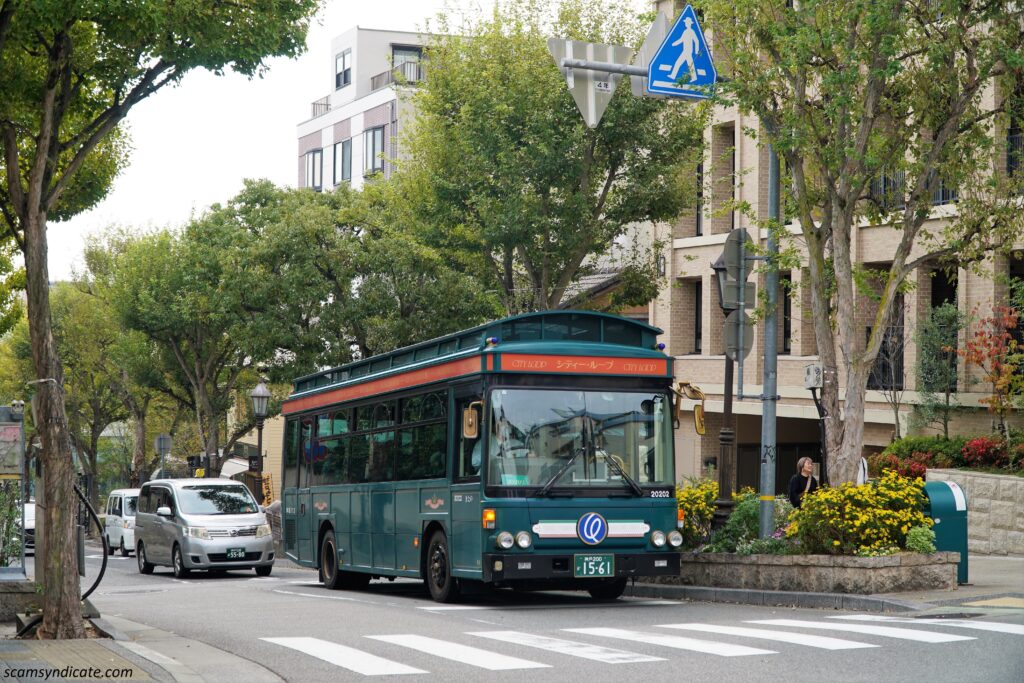
Another place worth visiting in Kobe is Mount Rokko and Arima Onsen
Mount Rokko is the highest peak in the Rokko Mountains and provides a pleasant green backdrop to the city of Kobe. The mountain offers panoramic views of the highly urbanized Hanshin region (Kobe and Osaka), which are especially spectacular at sunset.
Arima Onsen is a hot spring town located in Kobe City, Hyogo Prefecture. It is one of the three oldest hot springs in Japan and a popular hot spring facility recognized as one of the best in Japan.
The following is my two-day itinerary in Kobe.
We arrived in Kobe in the morning, the first thing was to look for stamps. You can find many beautiful stamps at many train stations and scenic spots in Japan, you can also find many beautiful gutter covers.
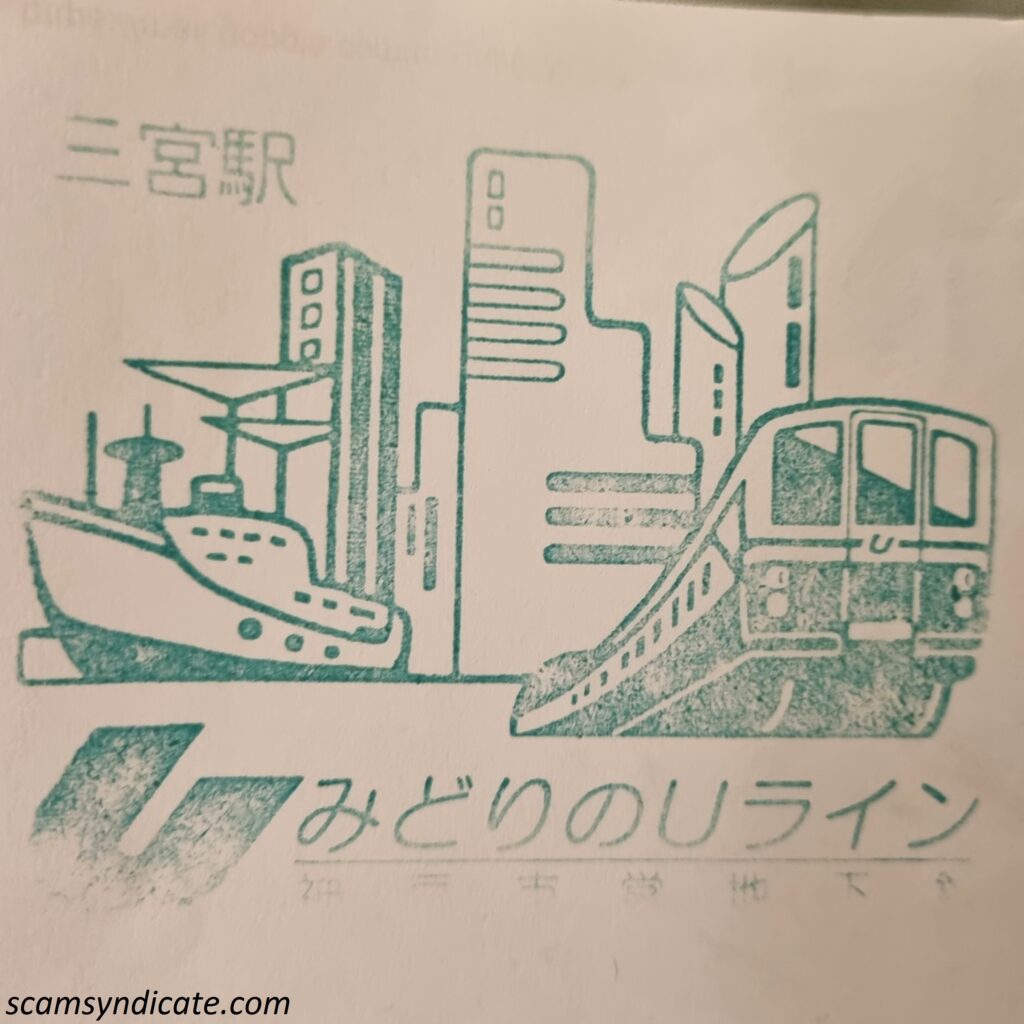
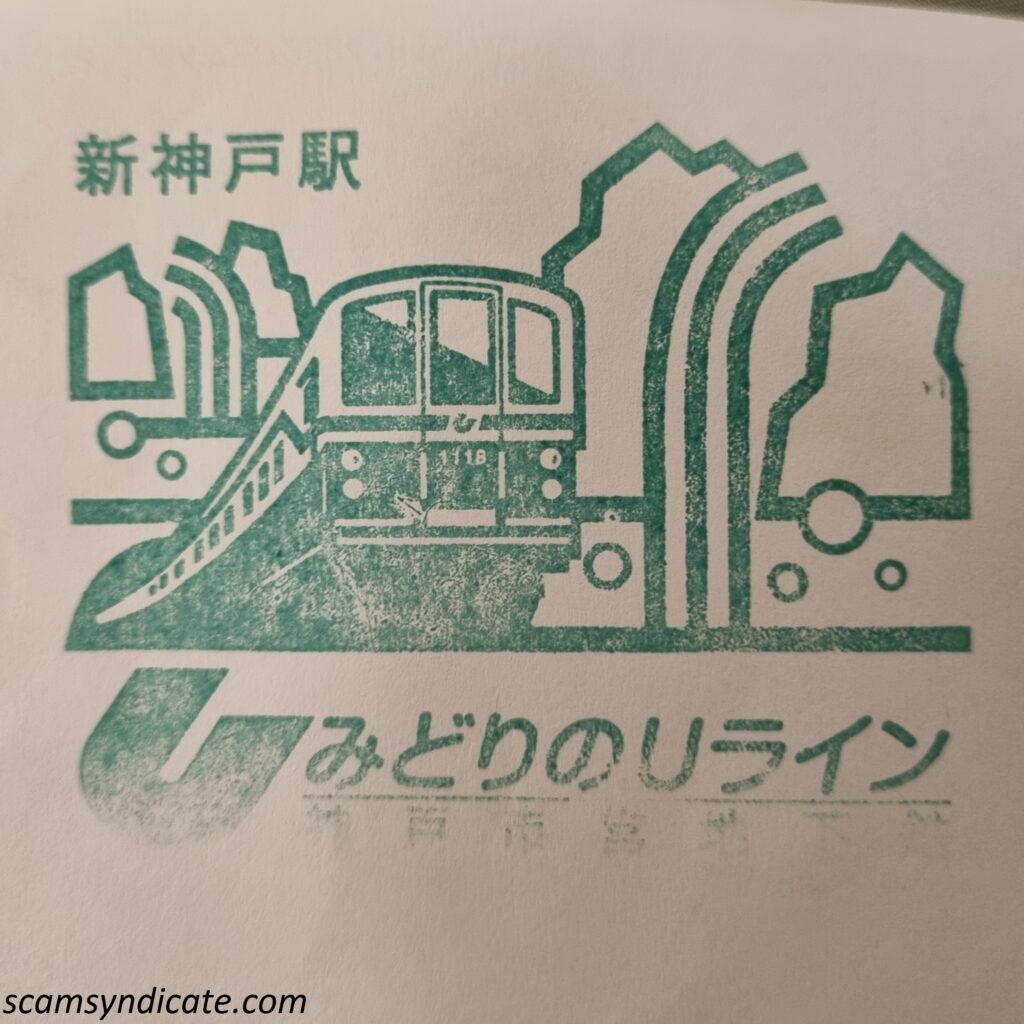
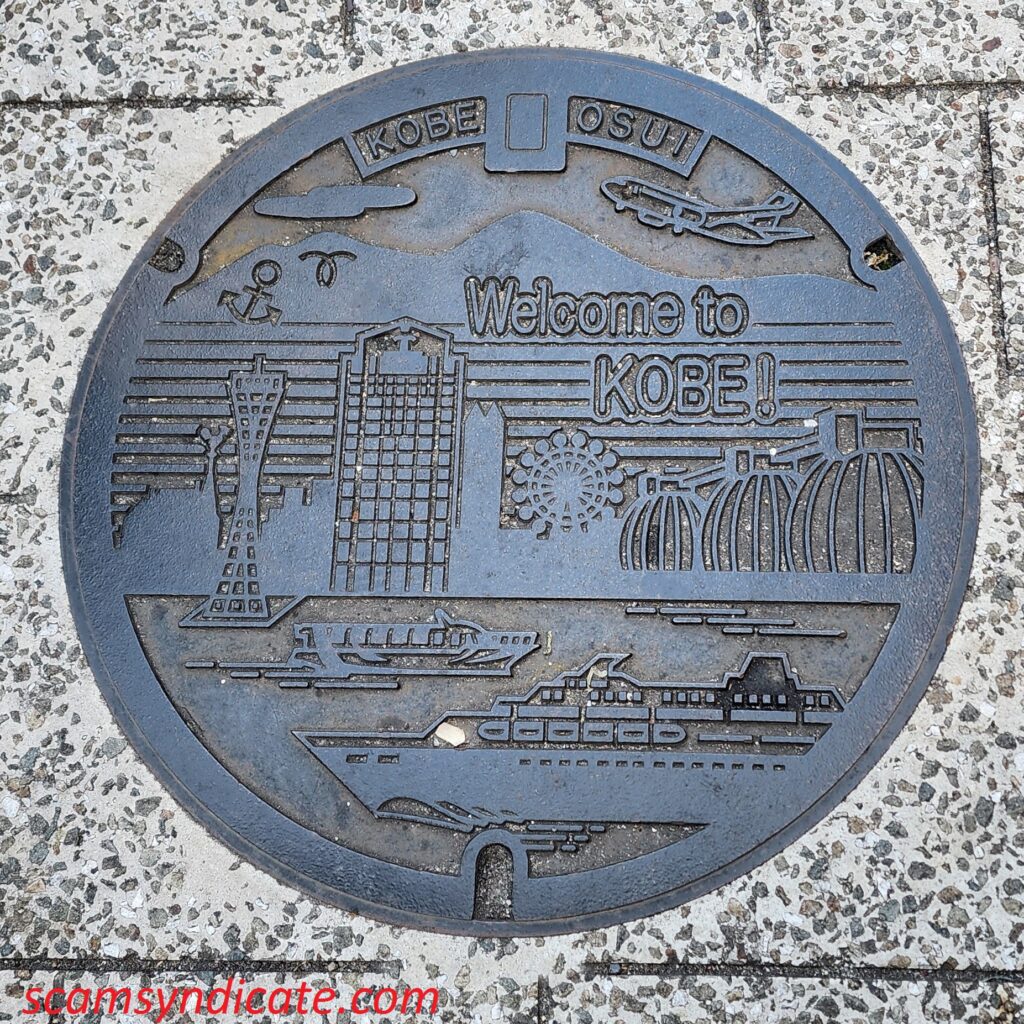
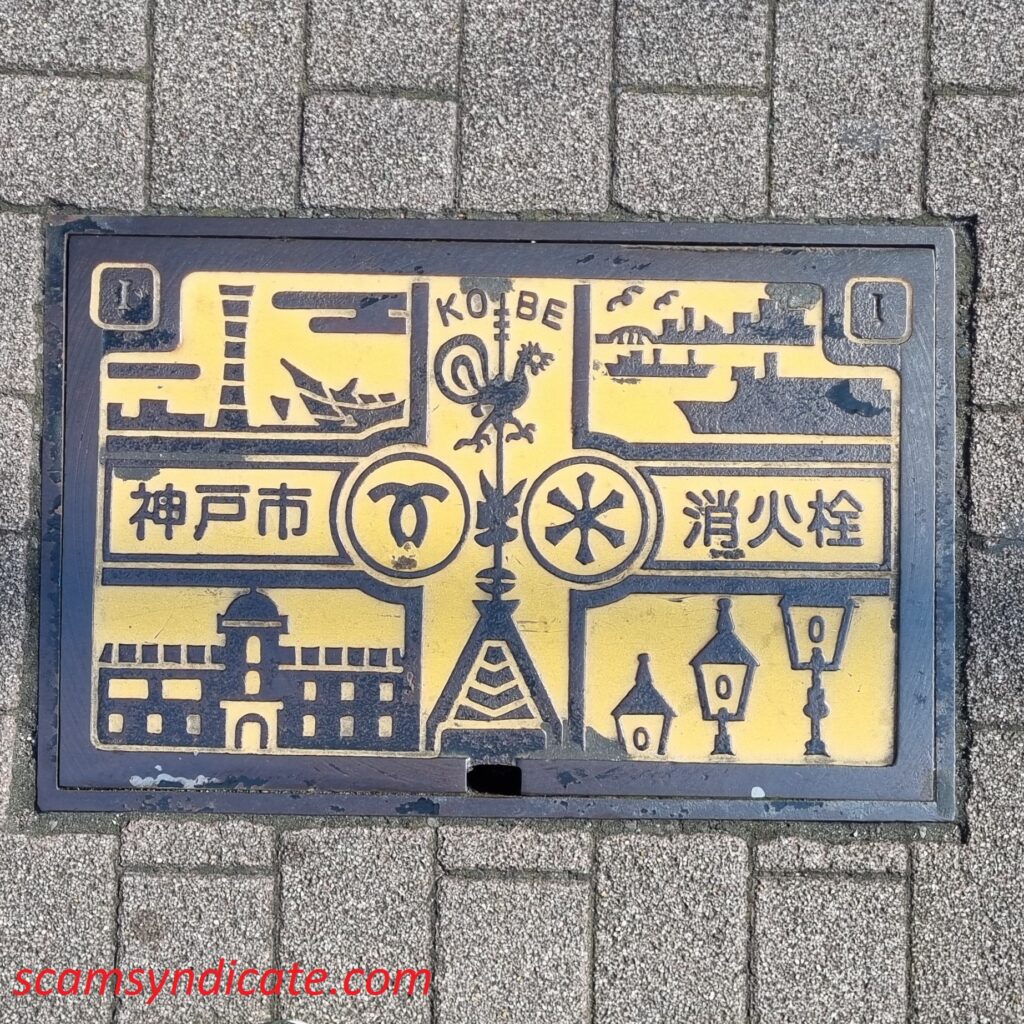

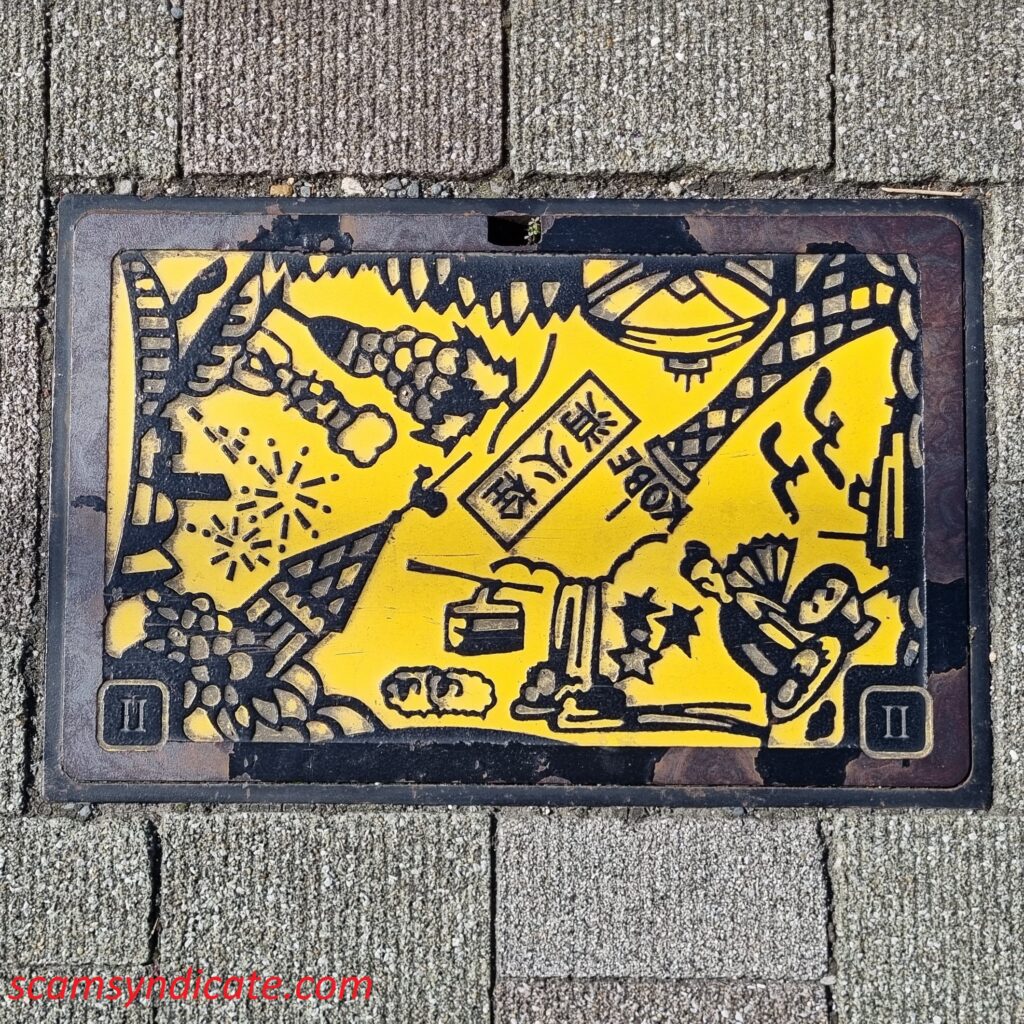
We checked into a hotel near Kobe Sannomiya Station. After checking our luggage, we started our trip.
First, we visited the Ikuta Shrine and had lunch early. Since we arrived in Kobe, we must taste Kobe beef. We chose a restaurant near Kobe Sannomiya Station. The Kobe beef was pretty good but too expensive.

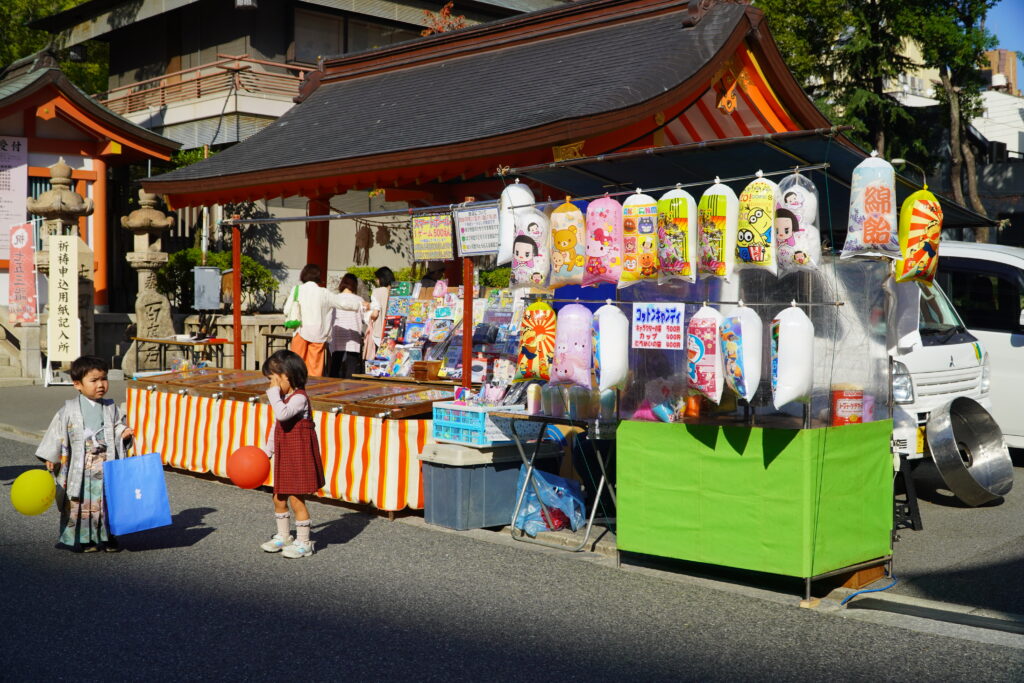

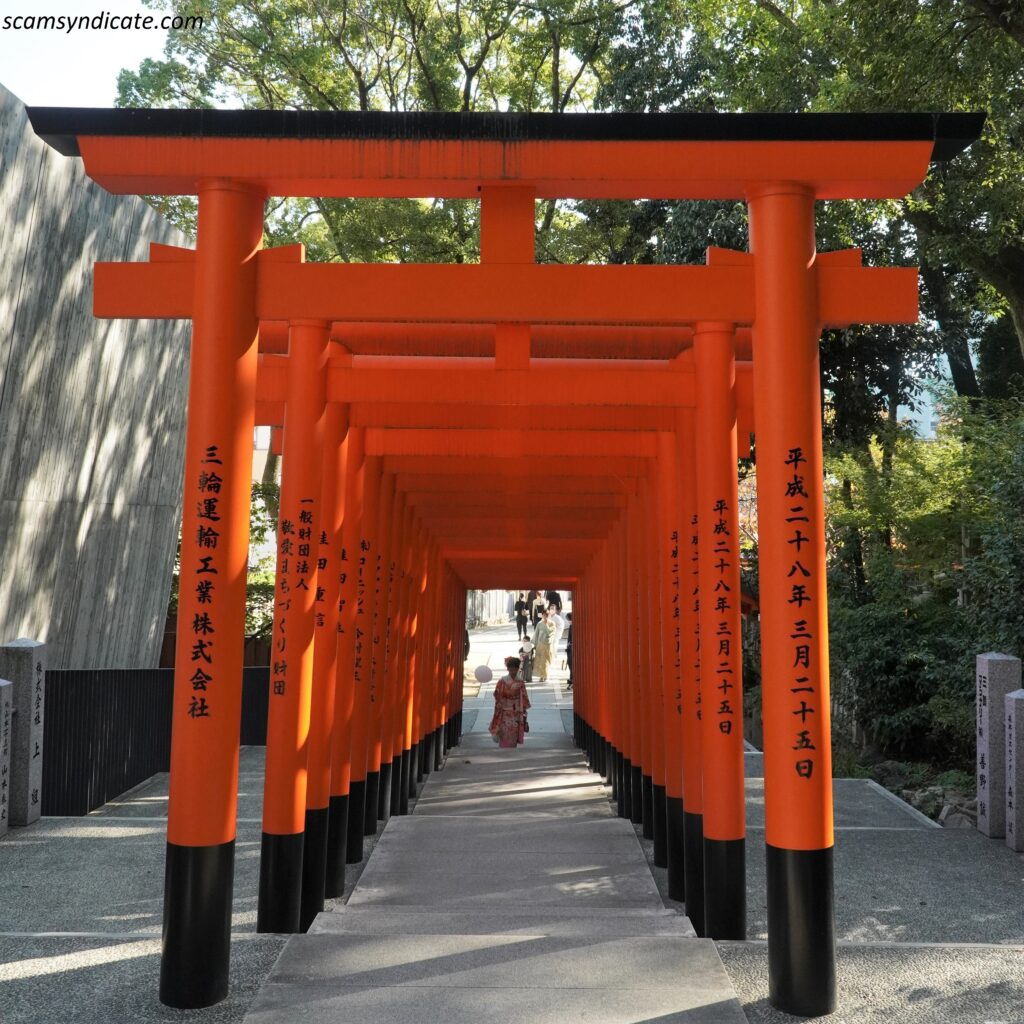
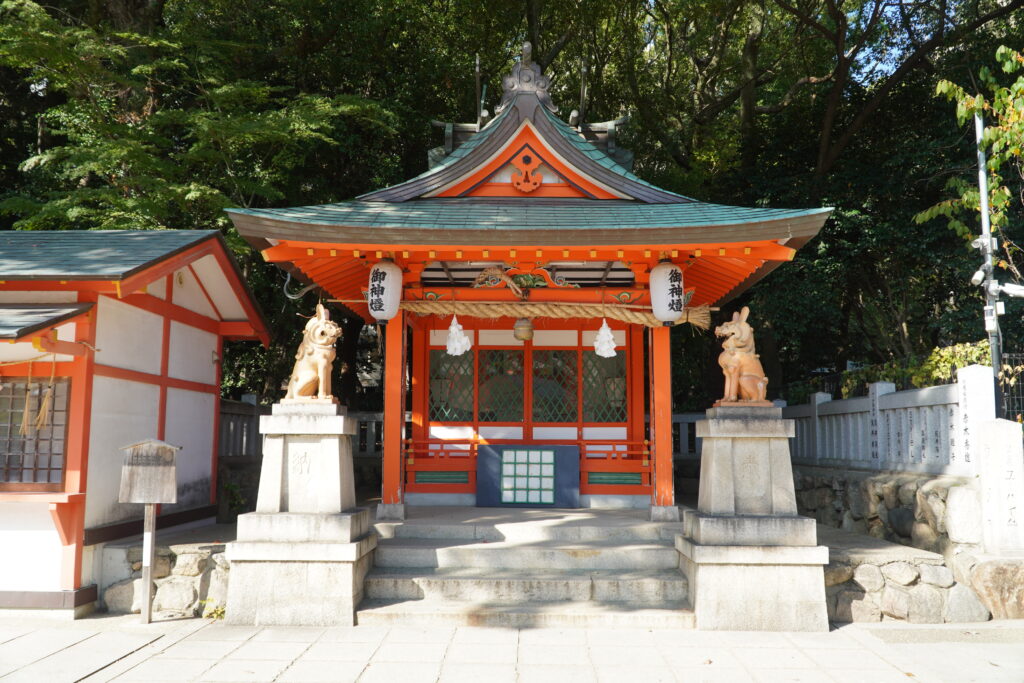
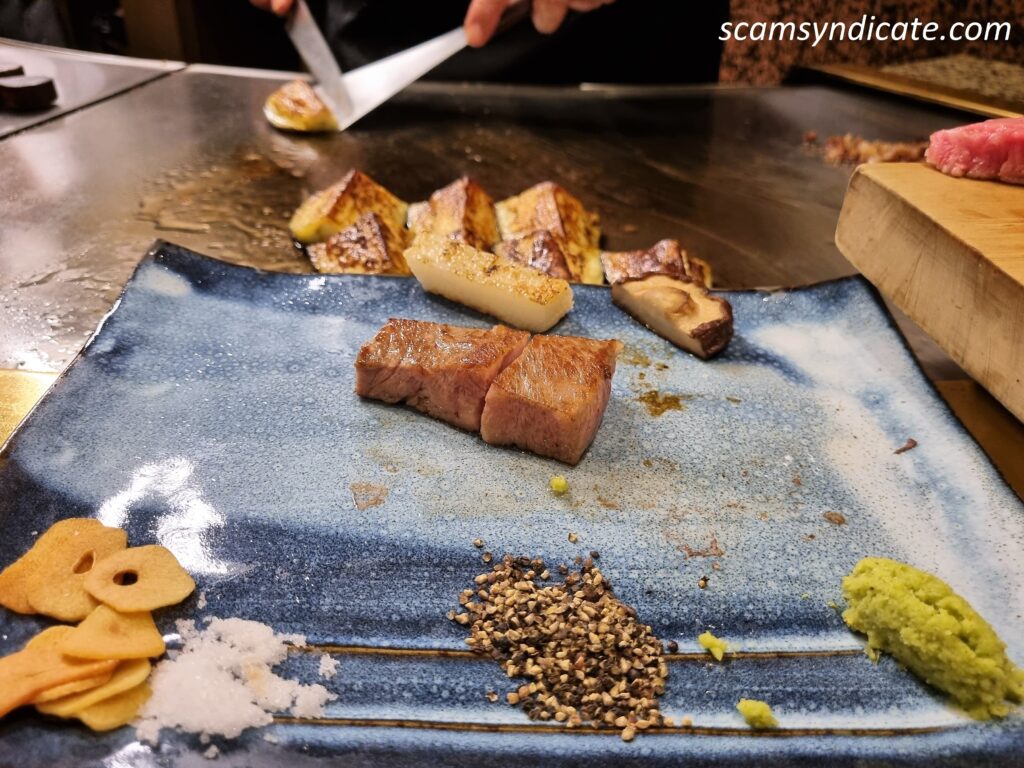
After lunch, we took the city loop bus to CL15. Motomachi Shopping Street (Nankinmachi). First, we went to the free rooftop on the 10th floor of Daimaru Kobe to watch, but the view was not very ideal. Then we went to UNIQLO (Kobe Motomachi Store) and Kobe Motomachi Shopping Street for shopping. And went to Nankinmachi (Kobe Chinatown) for snacks.

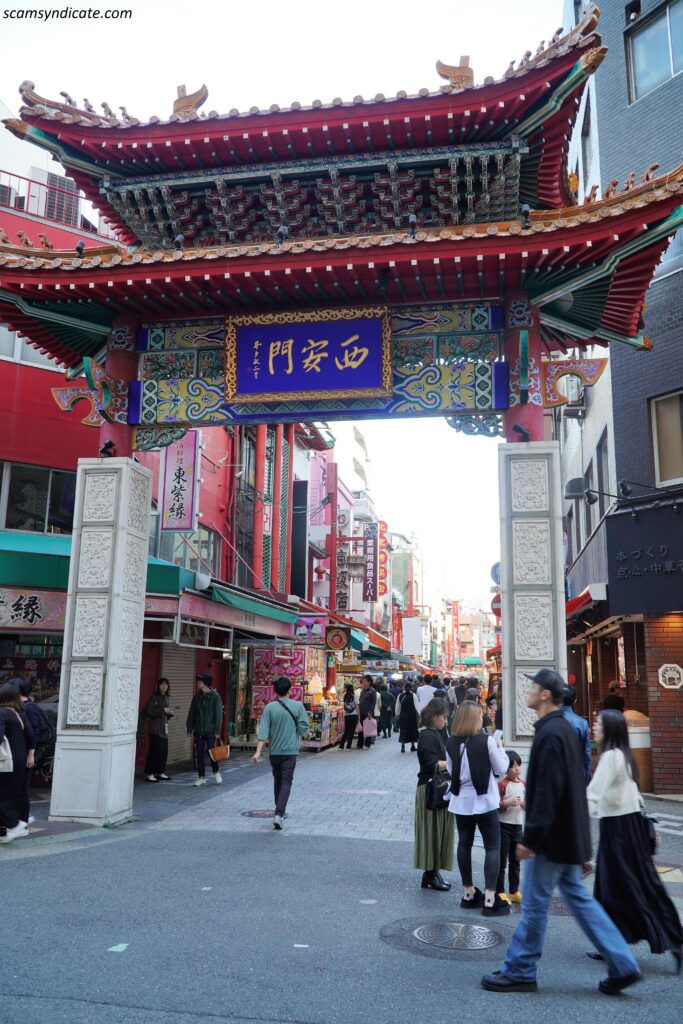
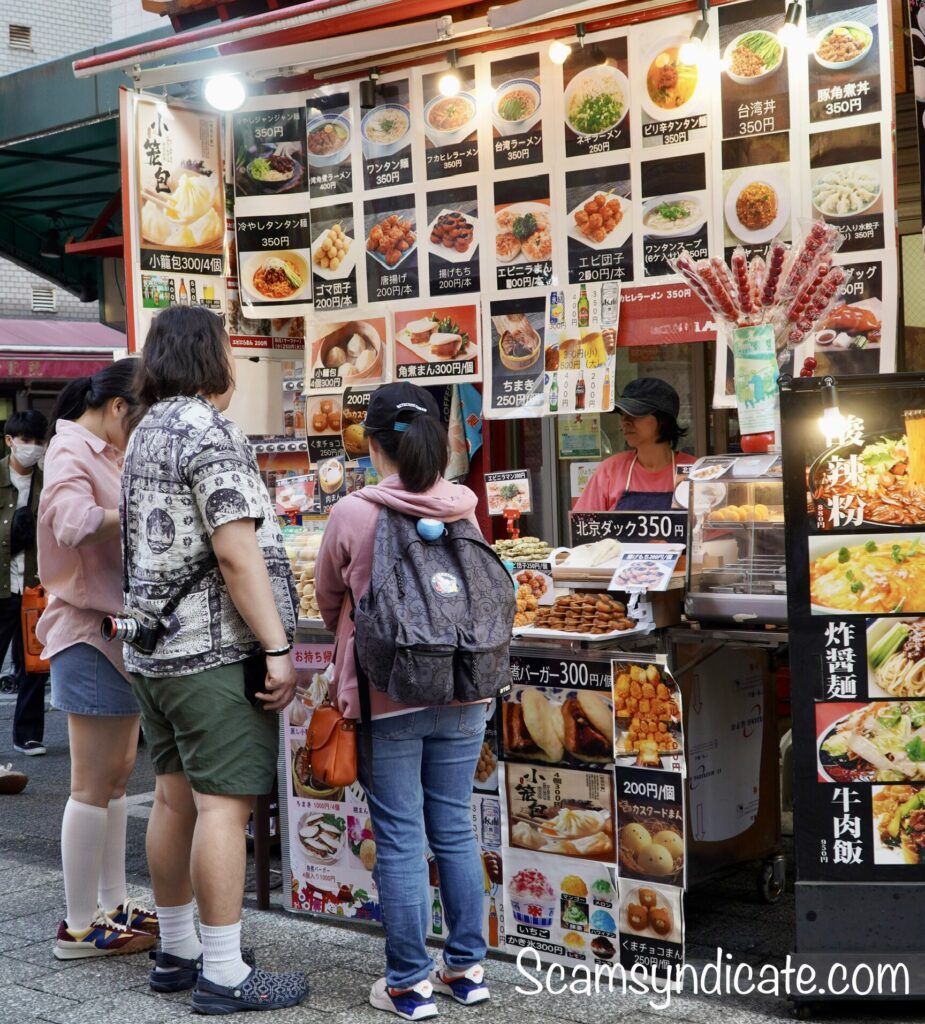
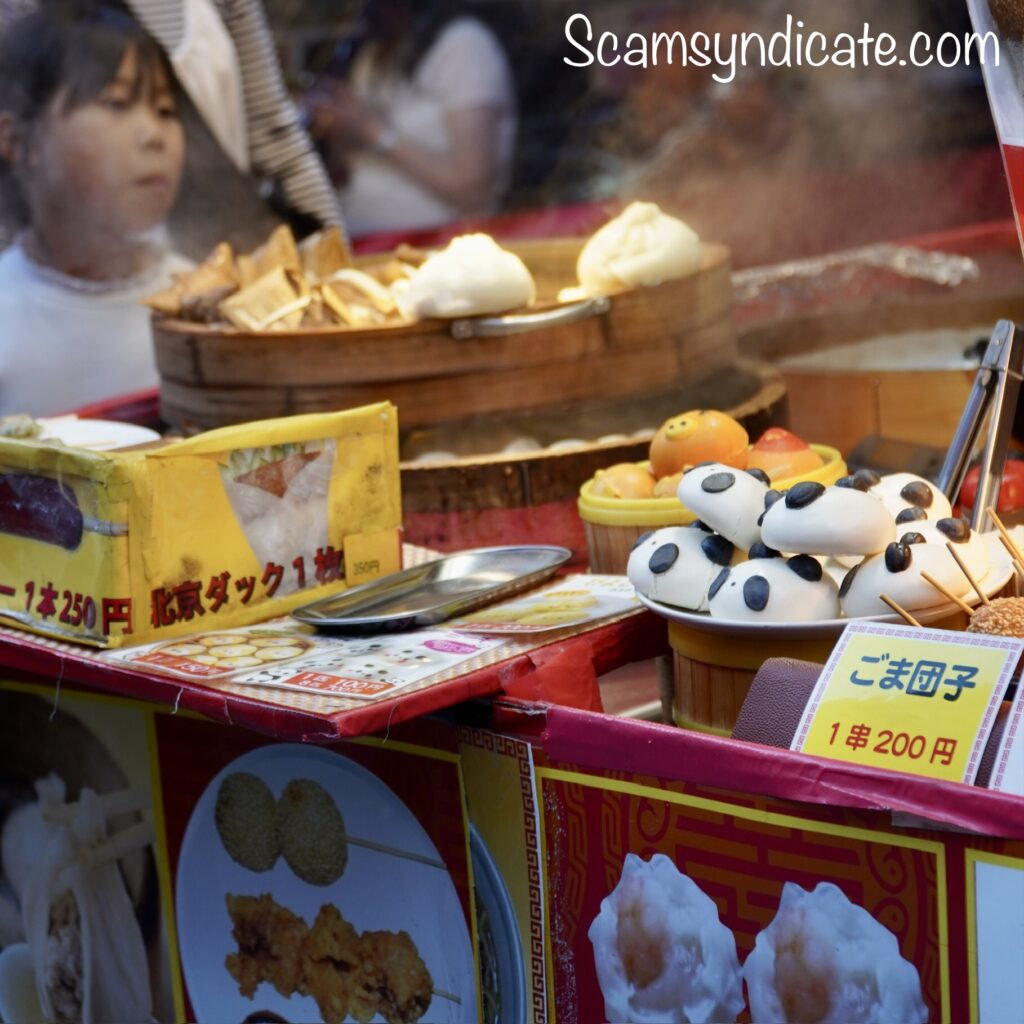
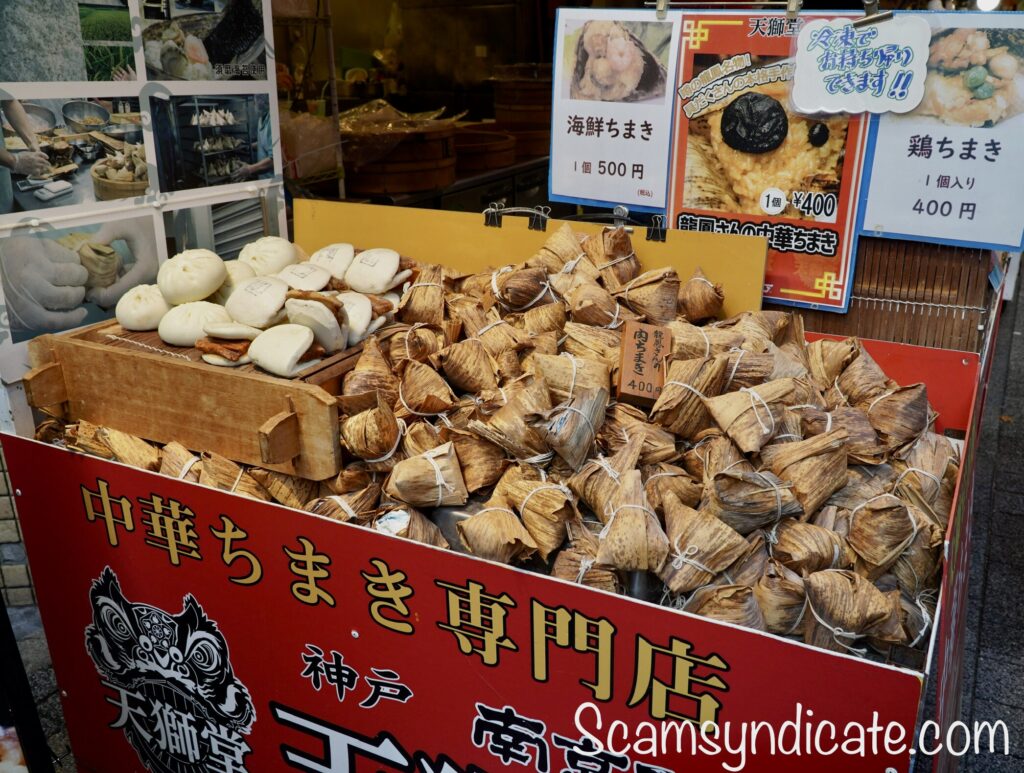
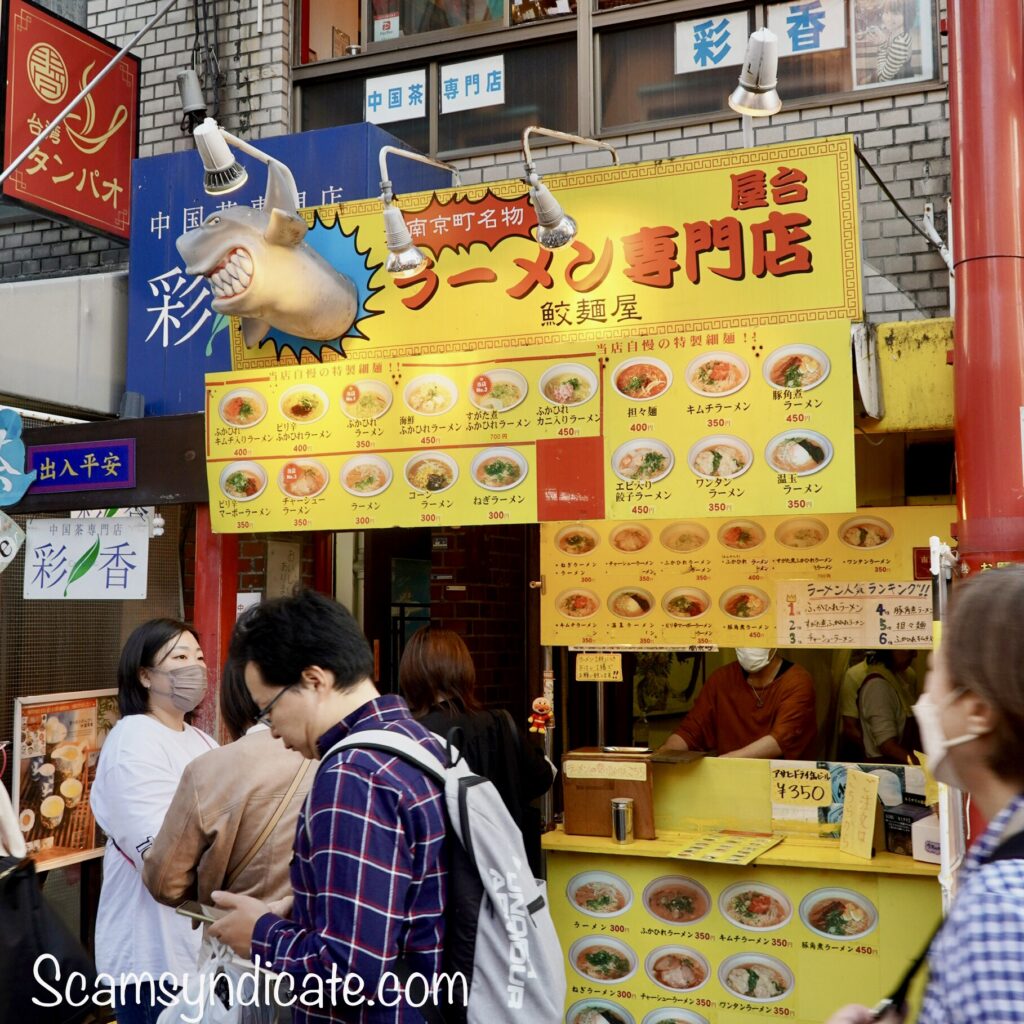

After leaving Nankin Town, we took the city loop bus to CL16. Meriken Park. Merican Park! This is a beautiful seaside park in Kobe, Japan, known for its scenic harbor views, modern art installations, and historic maritime significance. You can visit in the following order.
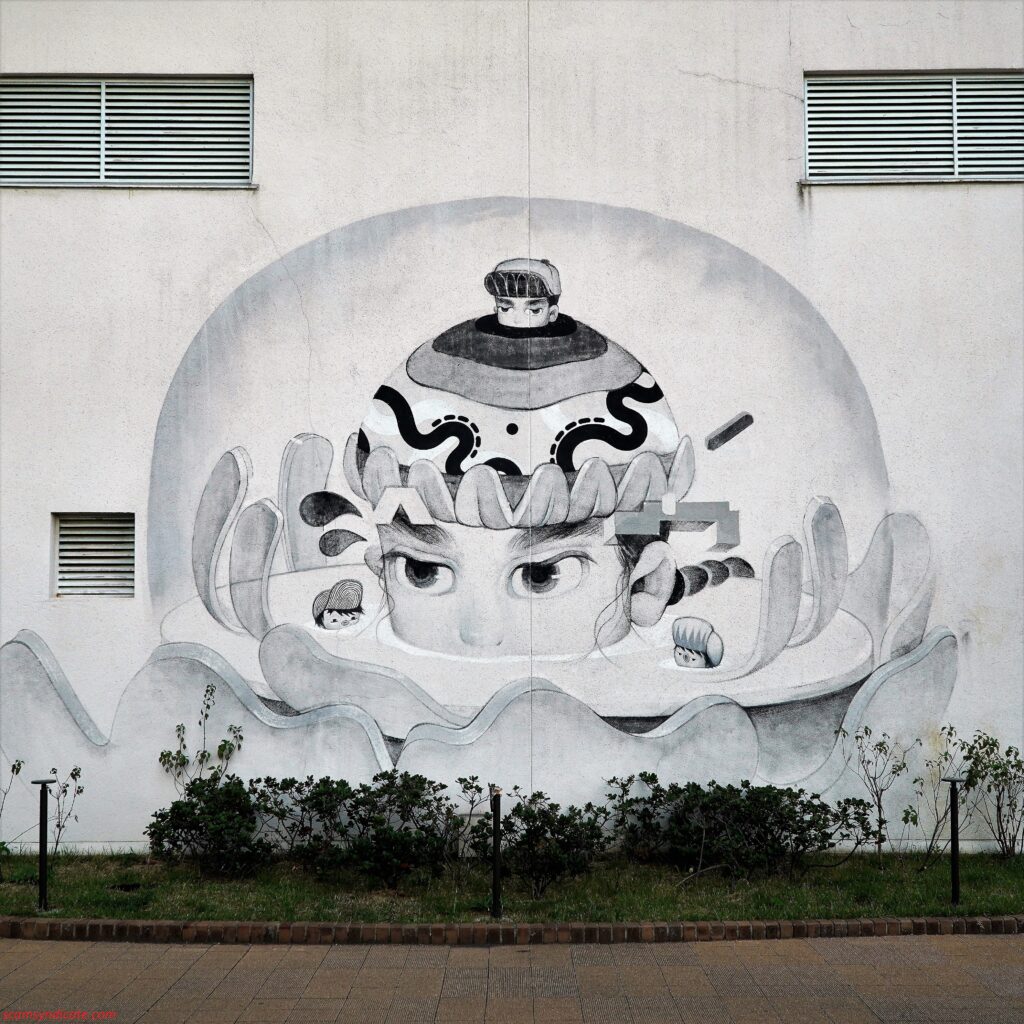
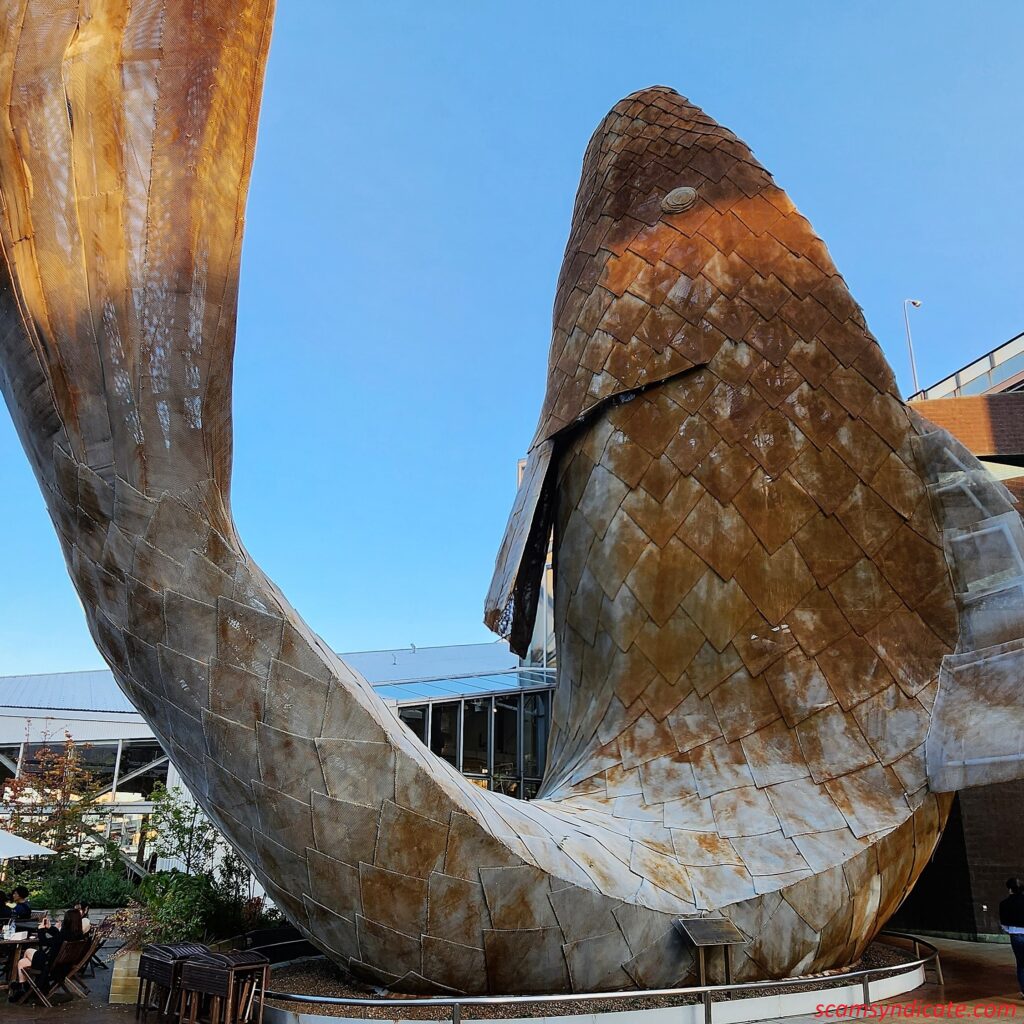
“LESS LIKES MORE LOVE” by Osaka artist Yoheyy
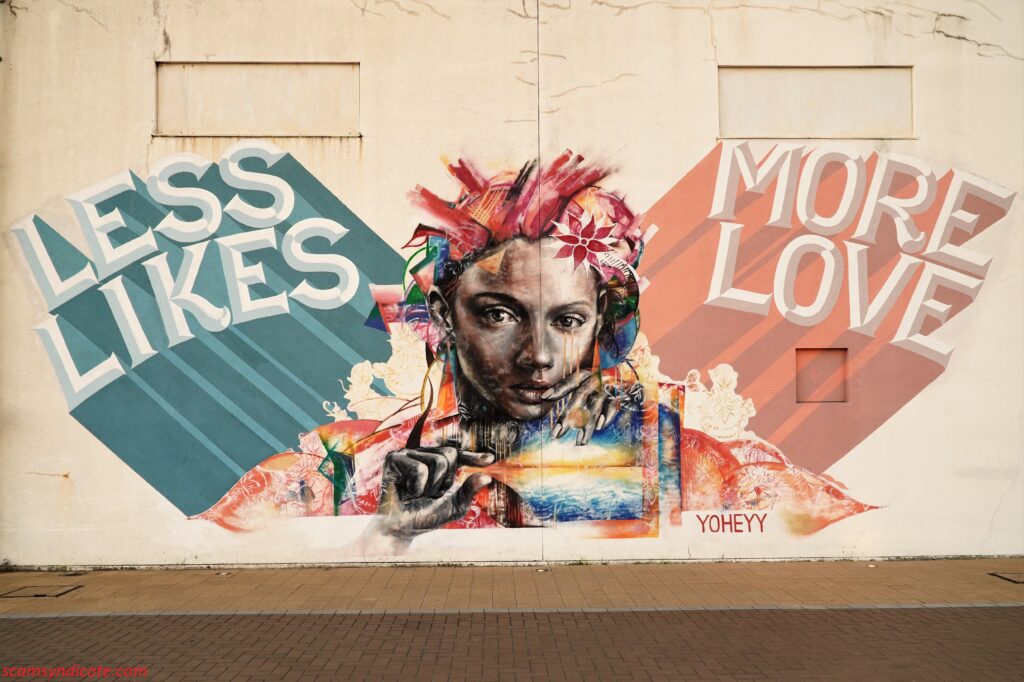
Record of the building and voyage of the Santa Maria
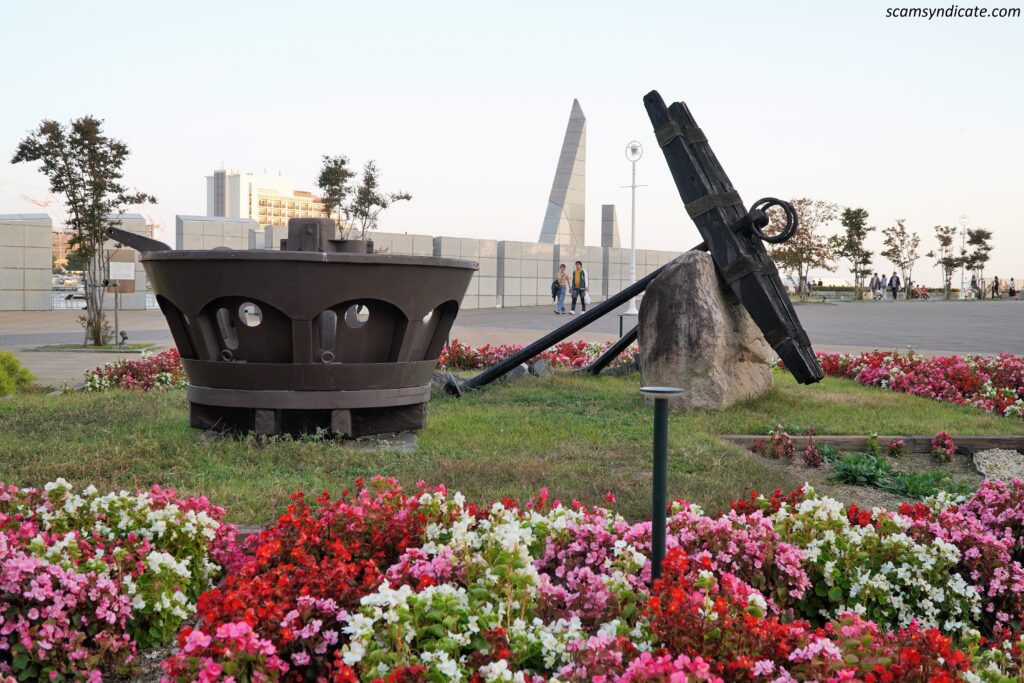
Kobe Port Earthquake Memorial Park
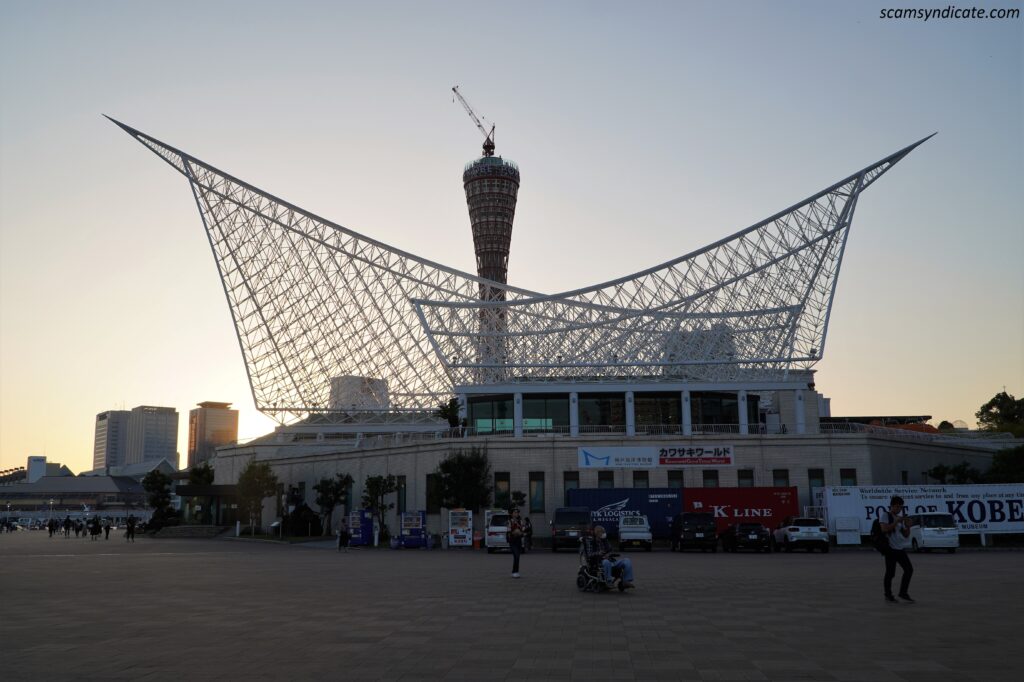
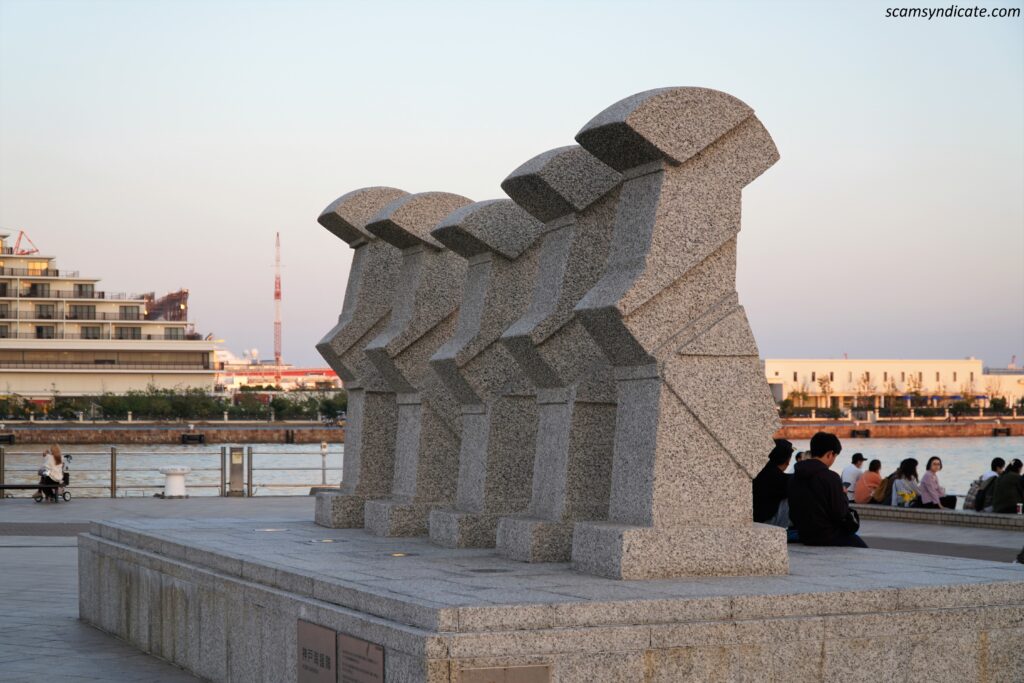
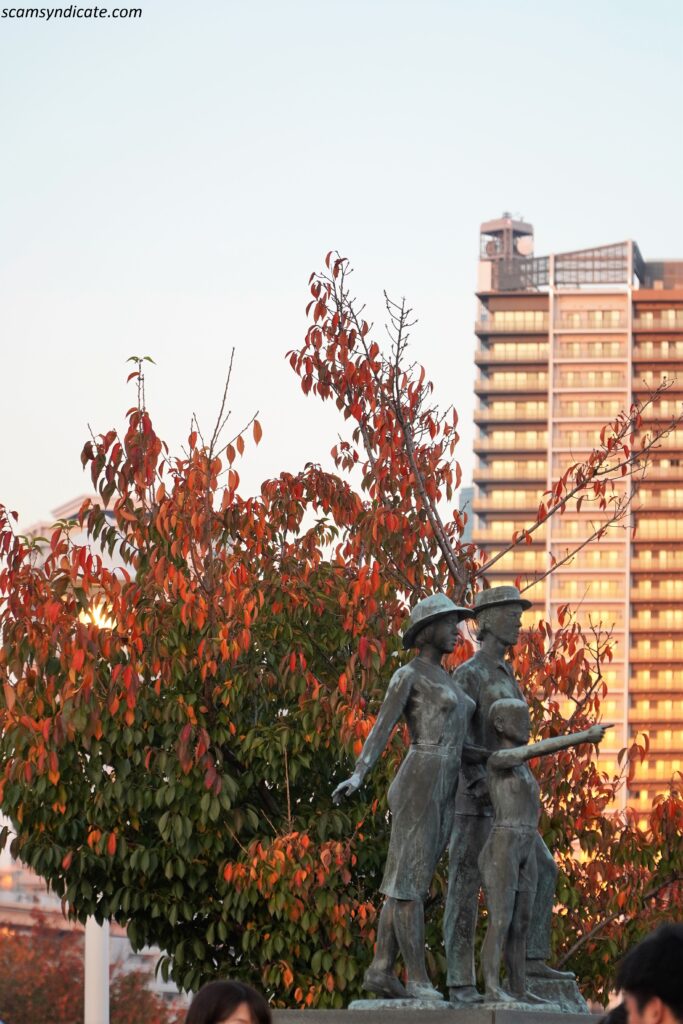
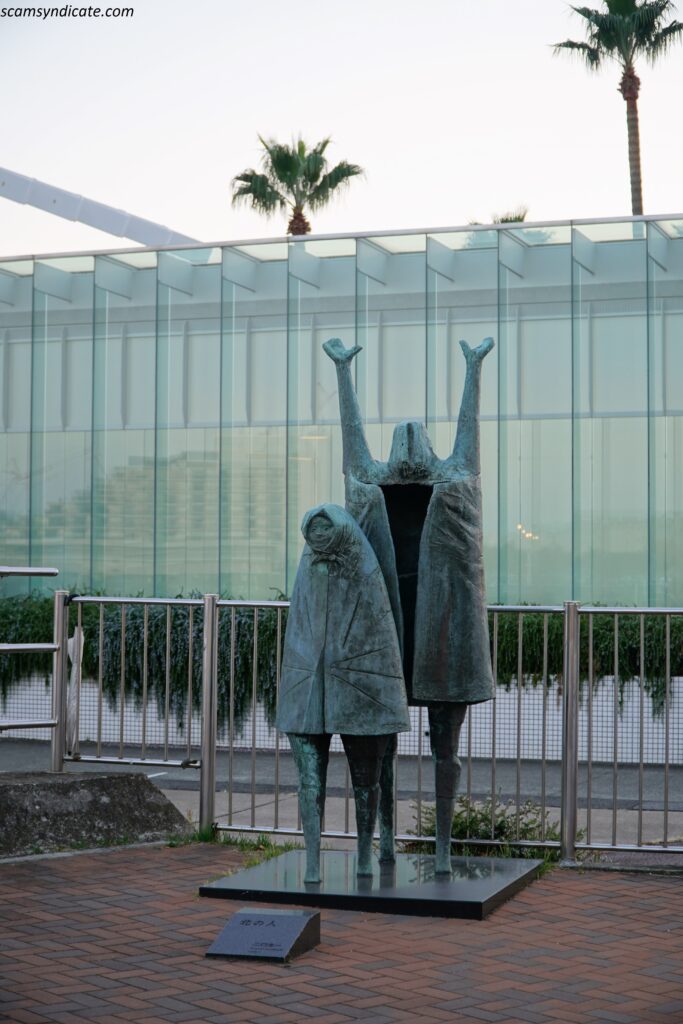
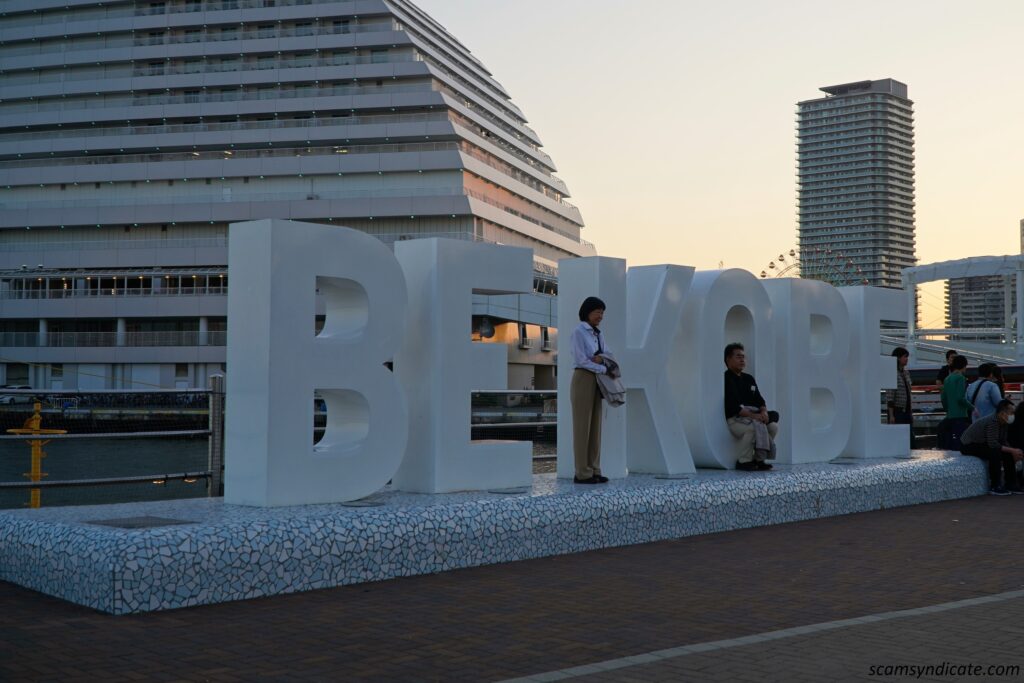
Monument commemorating the 75th anniversary of the founding of the Kobe Amami Society
Kobe Tower
Kobe Tower is the world’s first observation tower built with a tubular structure. Its unique architectural structure is unique not only in Japan but also around the world and has won many architecture-related awards.
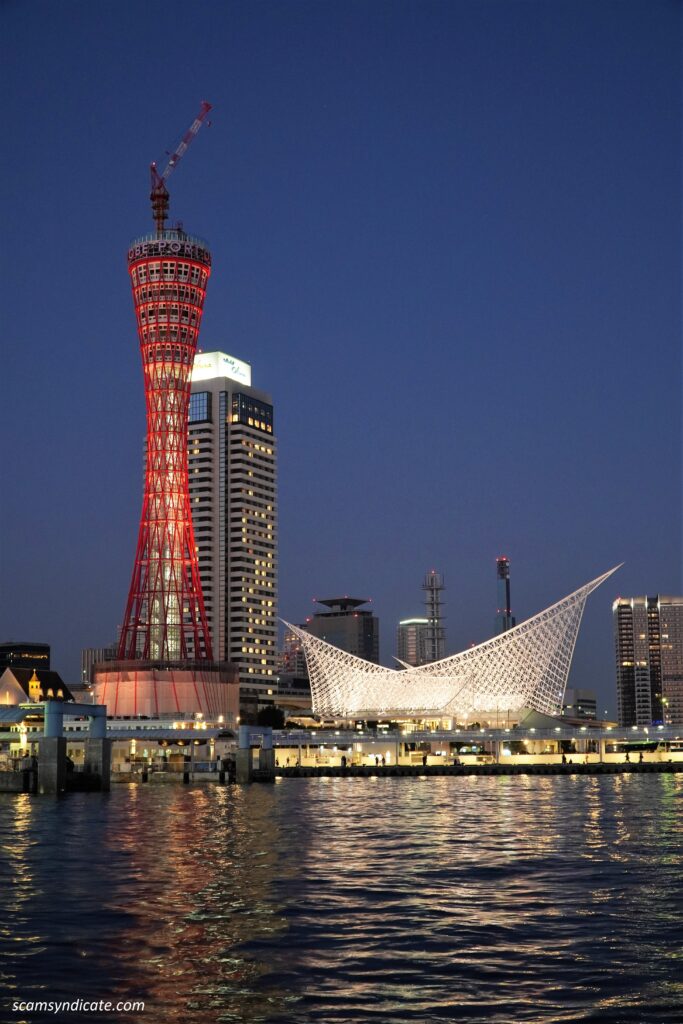
Kobe Meriken Park Oriental Hotel
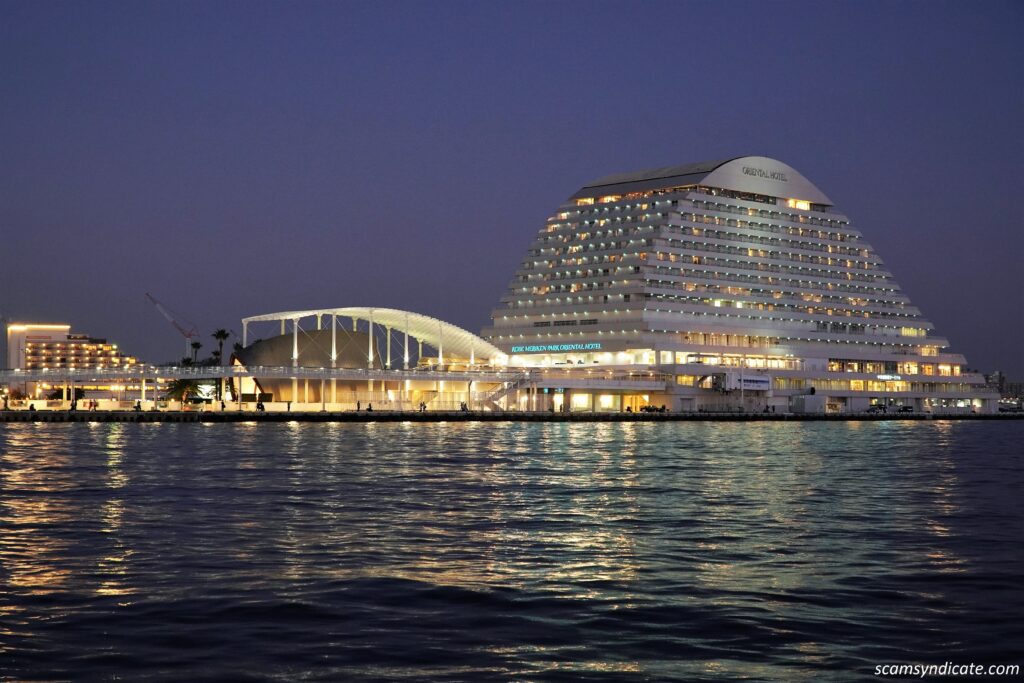
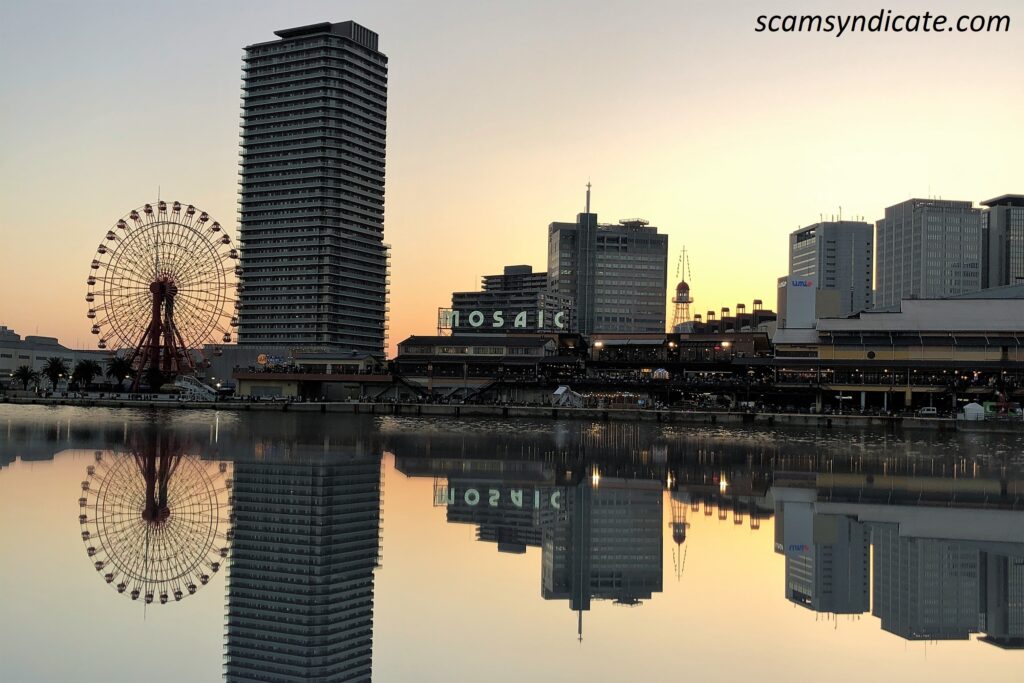
After leaving Meriken Park, we took the city loop bus to CL2. Harborland (MOSAIC), in front of Mosaic, to take photos of the night view of Kobe Tower and Mosaic Ferris Wheel. After taking photos, we walked around Umie Mosaic and Kobe Harborland, because we arrived at night, the Kobe Anpanman Children’s Museum had been closed. If you are bringing children and want to visit, please arrive early.
Then we ended the day by taking the city loop bus to CL6. Sannomiya Center Gai Shopping Street/East Side for shopping at the Sannomiya Center Gai Shopping Street.
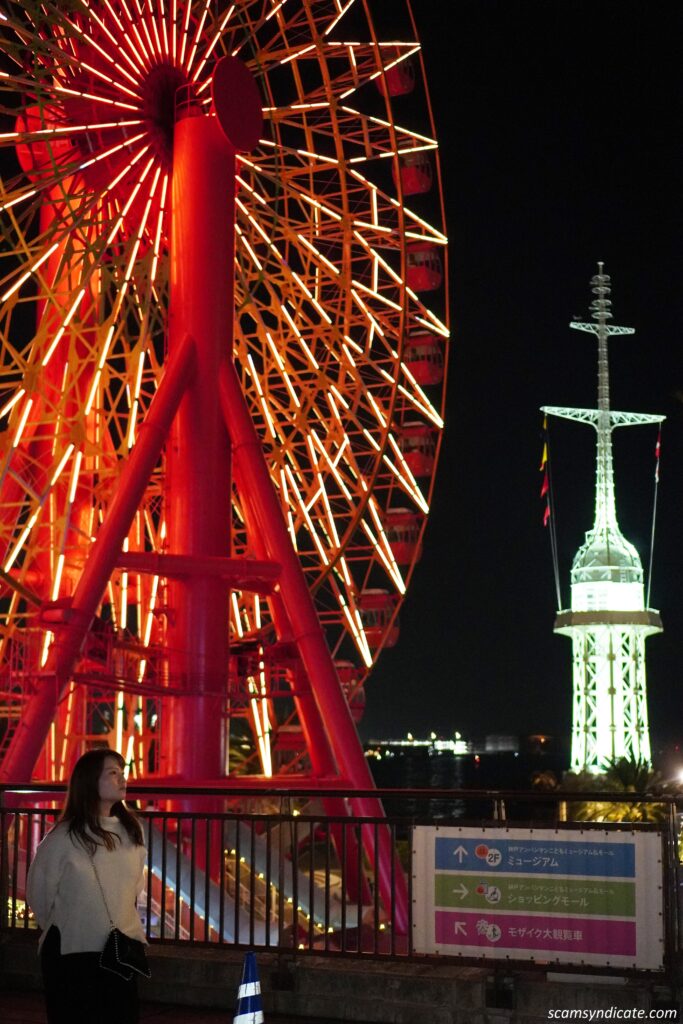
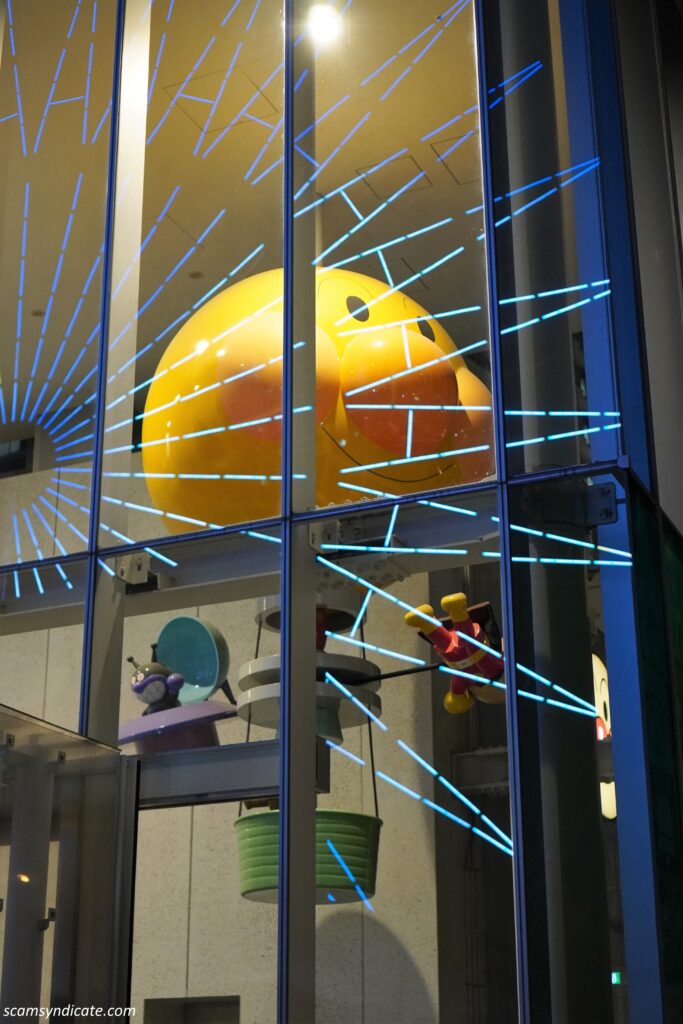
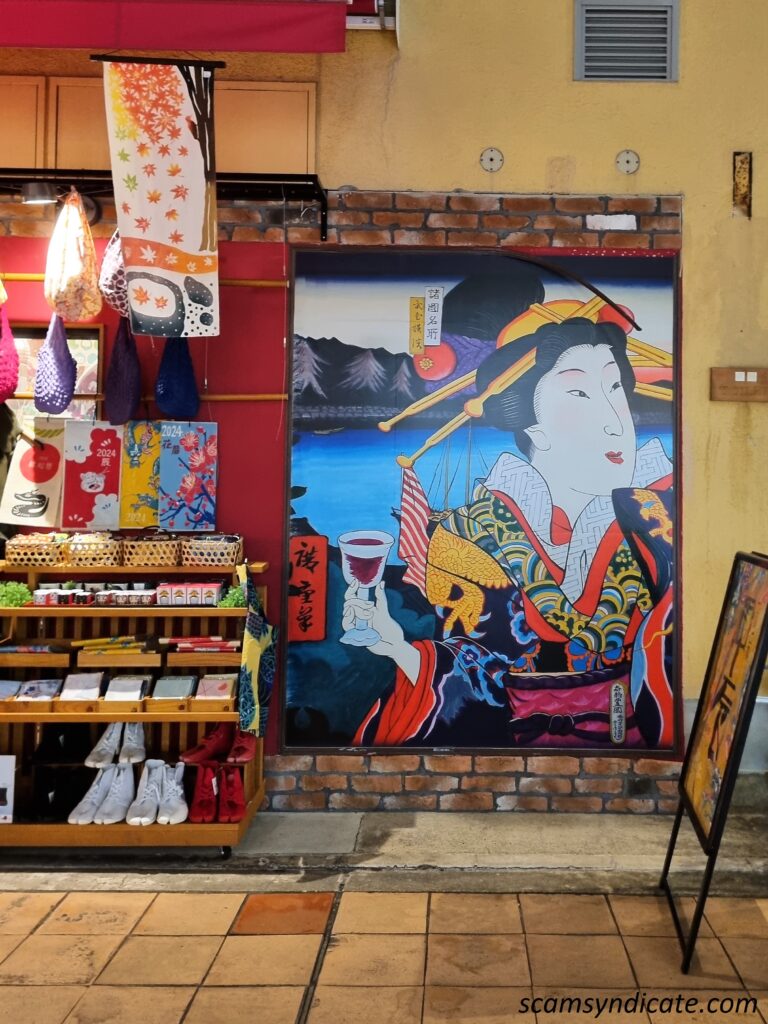
Day 2
Before the opening of the Kobe City Hall, we visited the Kobe Meriken Building, the Ship Kobe Kaigan Building, the Kobe Shinko Building, the Kobe City Museum, and the Kyu-kyoryuchi (Old Foreign Settlement). Then we went to the observatory on the 24th floor of the Kobe City Hall to visit the city of Kobe and take photos of the murals at the old flower clock.
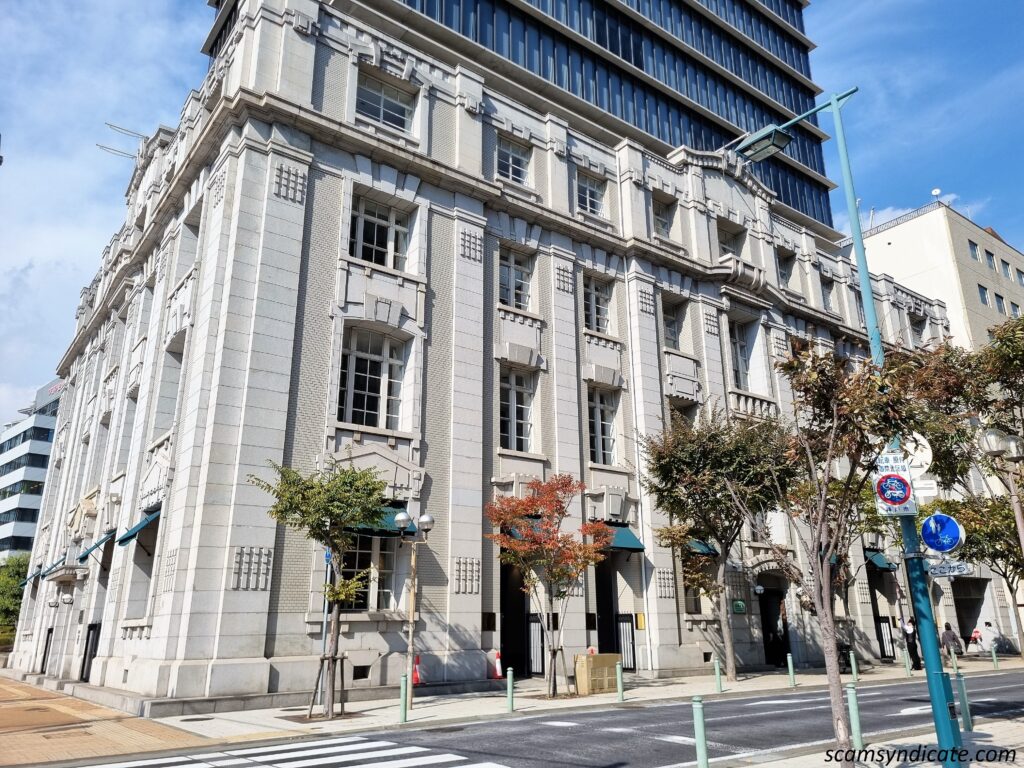
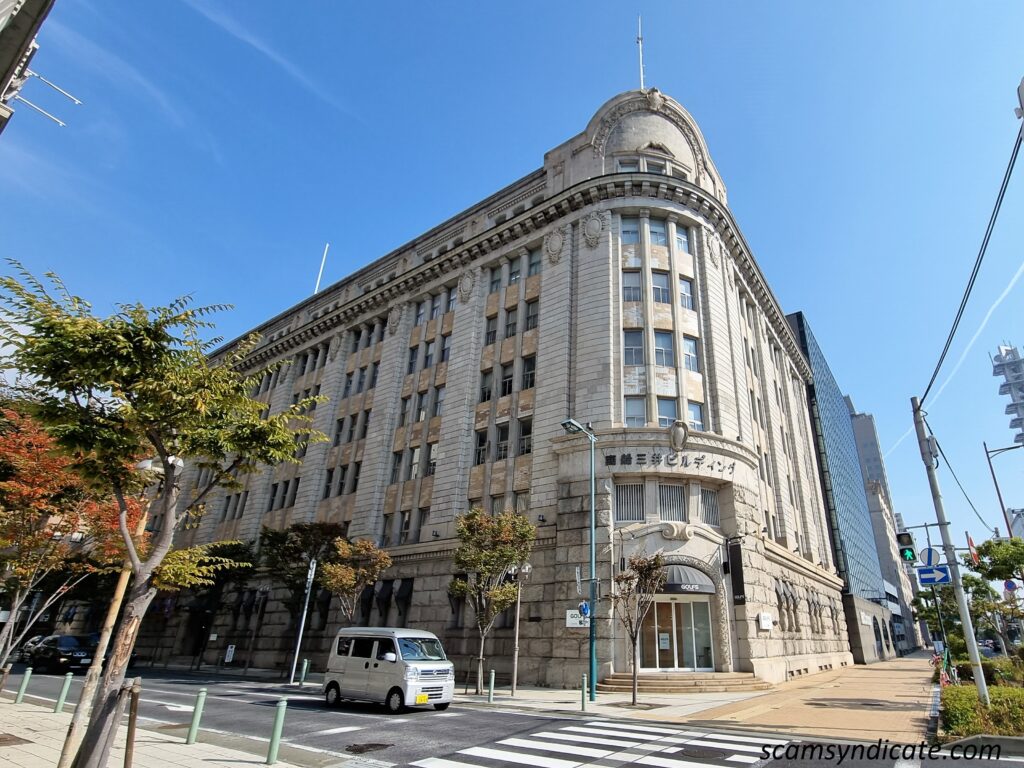
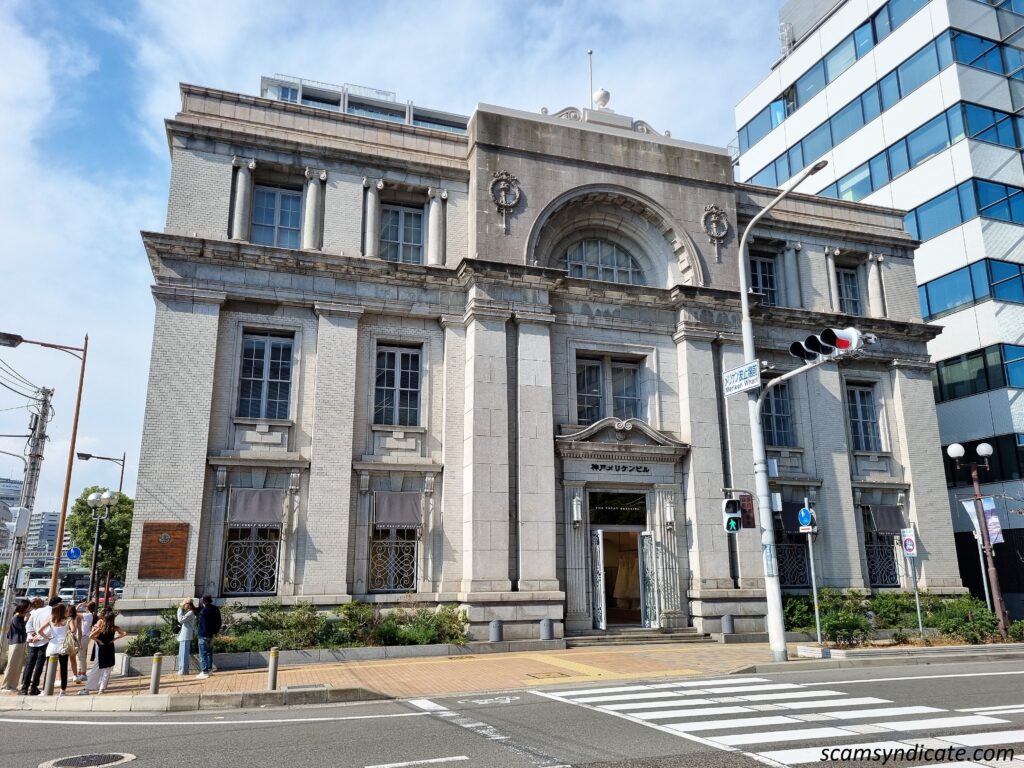
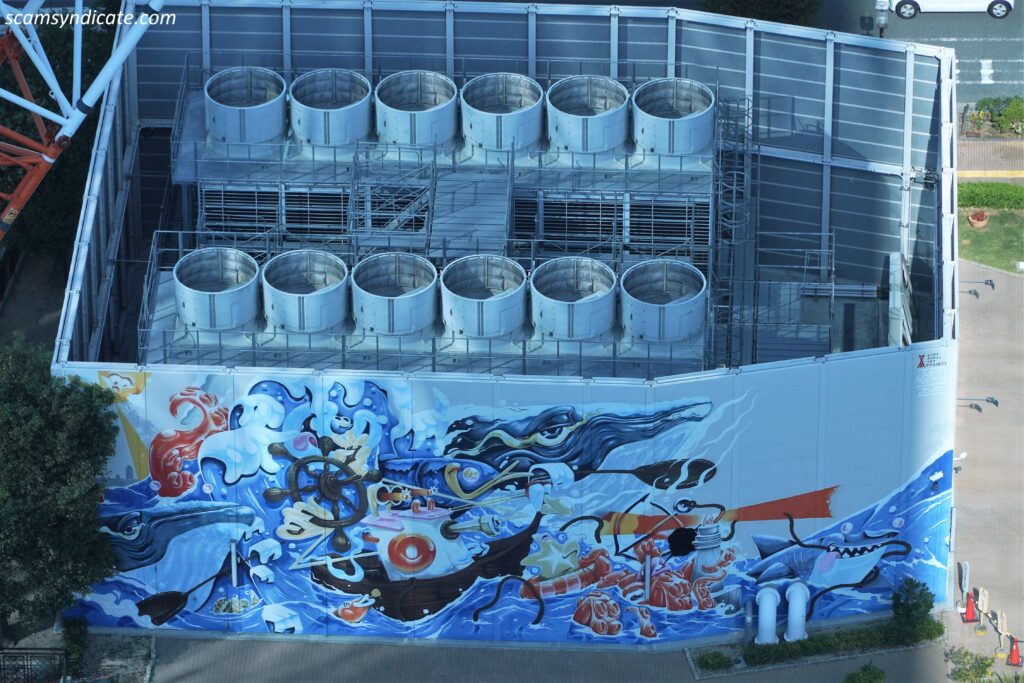
Then we took the city loop bus to CL10. Kitano Ijinkan (Former Foreign-resident Mansions) to visit the Kitano Ijinkan-Gai (old foreign embassies in Kobe). We bought a Yamanote Discount Ticket and visited the Uroko House and Uroko Museum, Yamate 8-Bankan, Kitano Foreigners Association, Hilltop House (Former Chinese Consulate).
Our route is as follows.
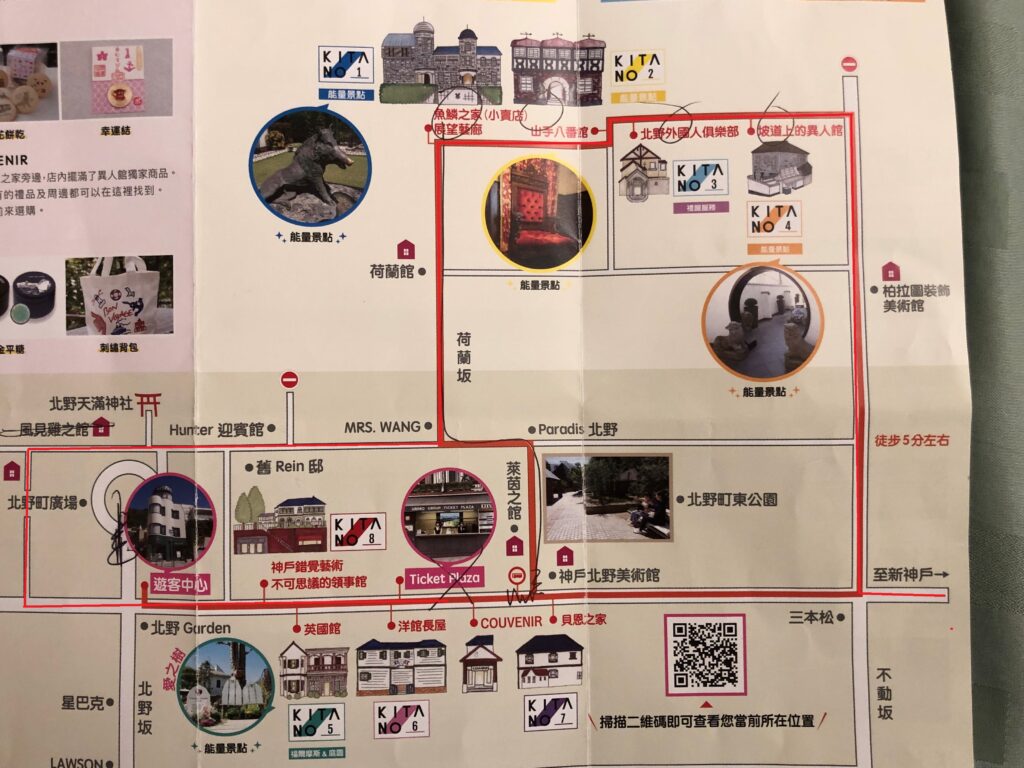
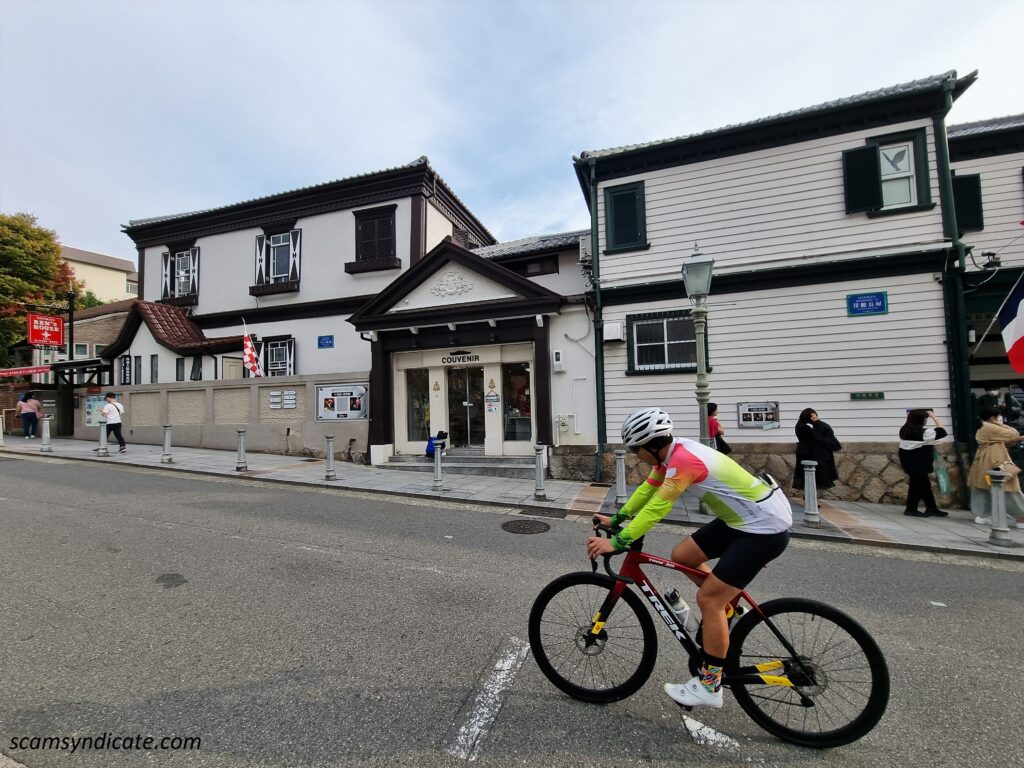
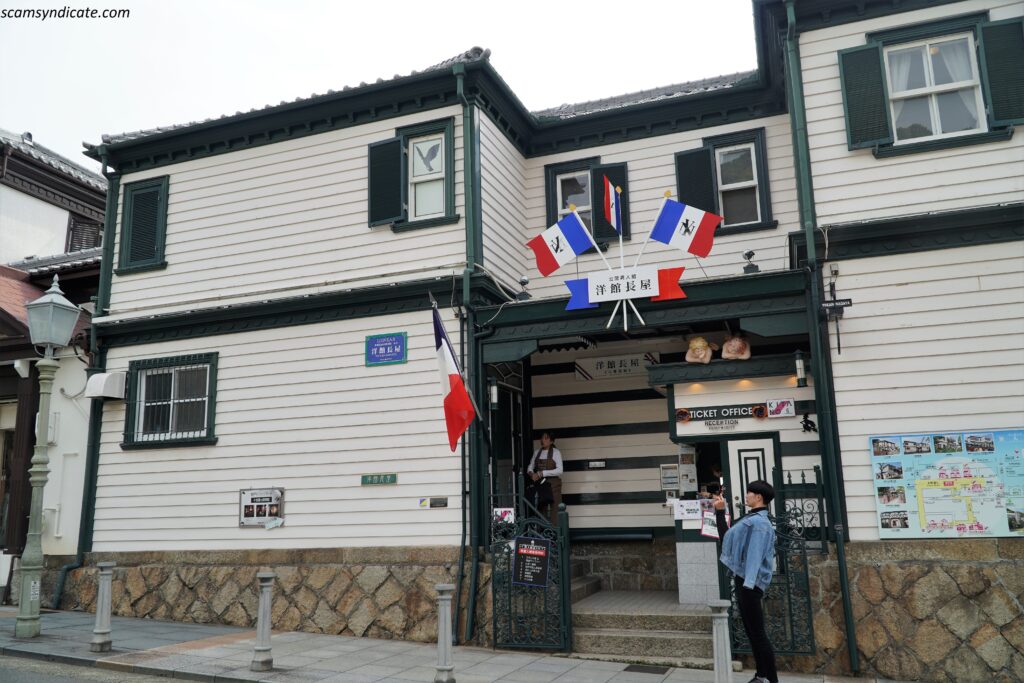
English House and Kobe Misterious Consulate of Trick Art (Kobe Trick Art Museum)

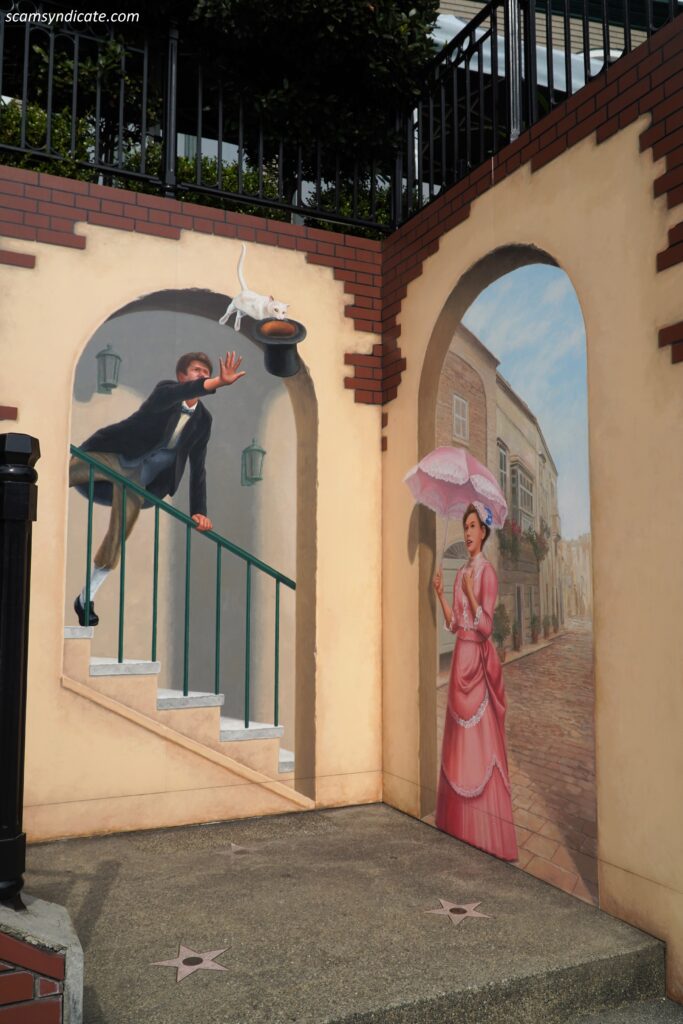
Rhine House (The Former Drewell House)
Eating ice cream at Kobe Rokko Farm stall

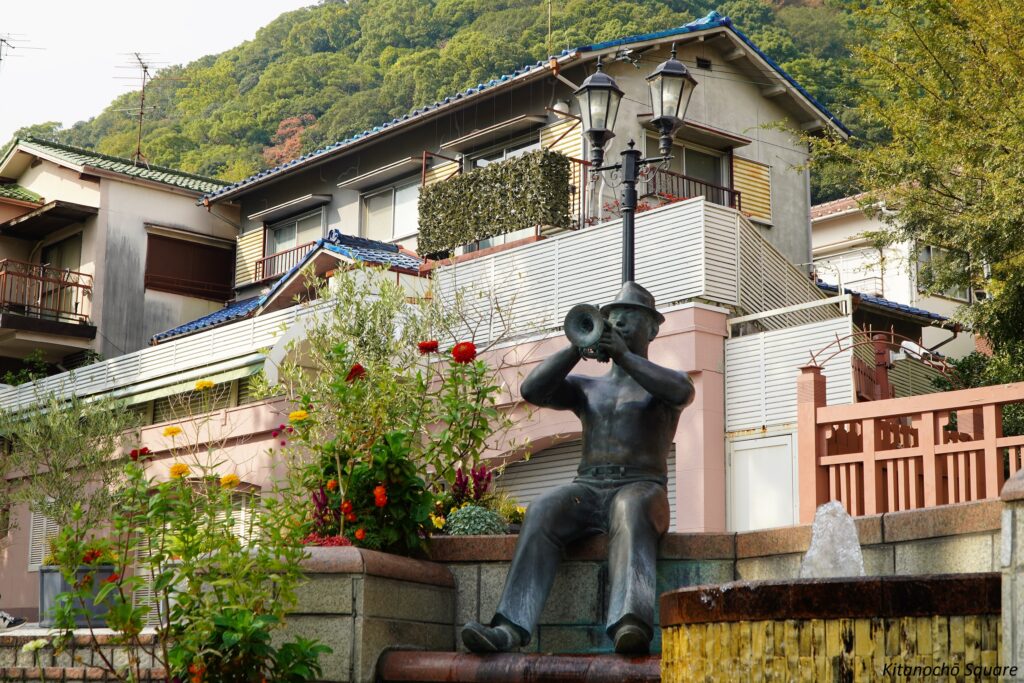
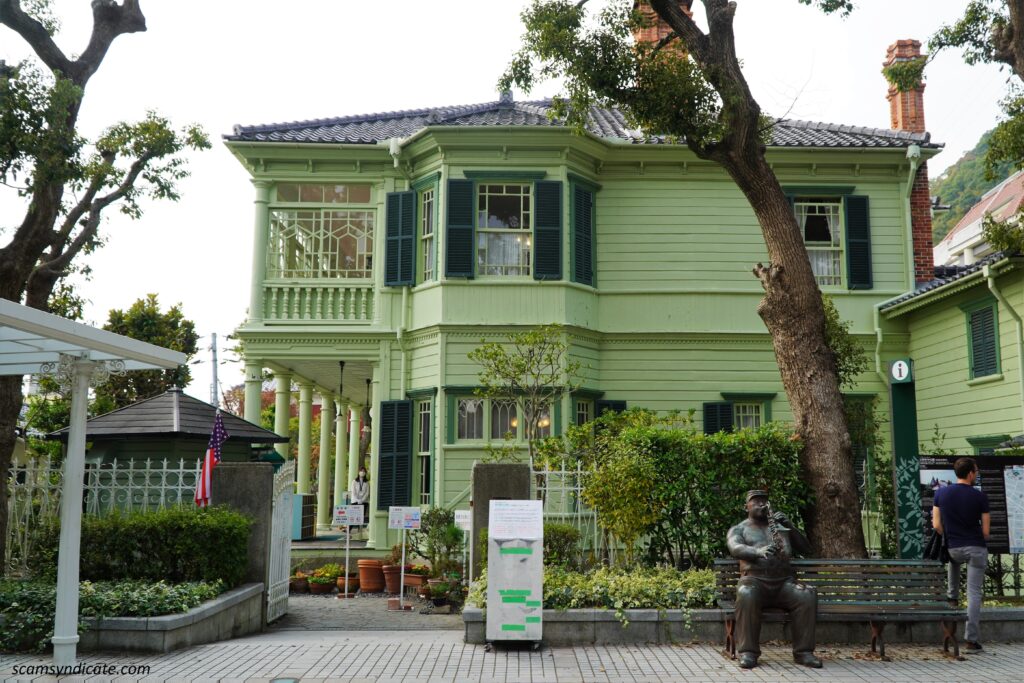
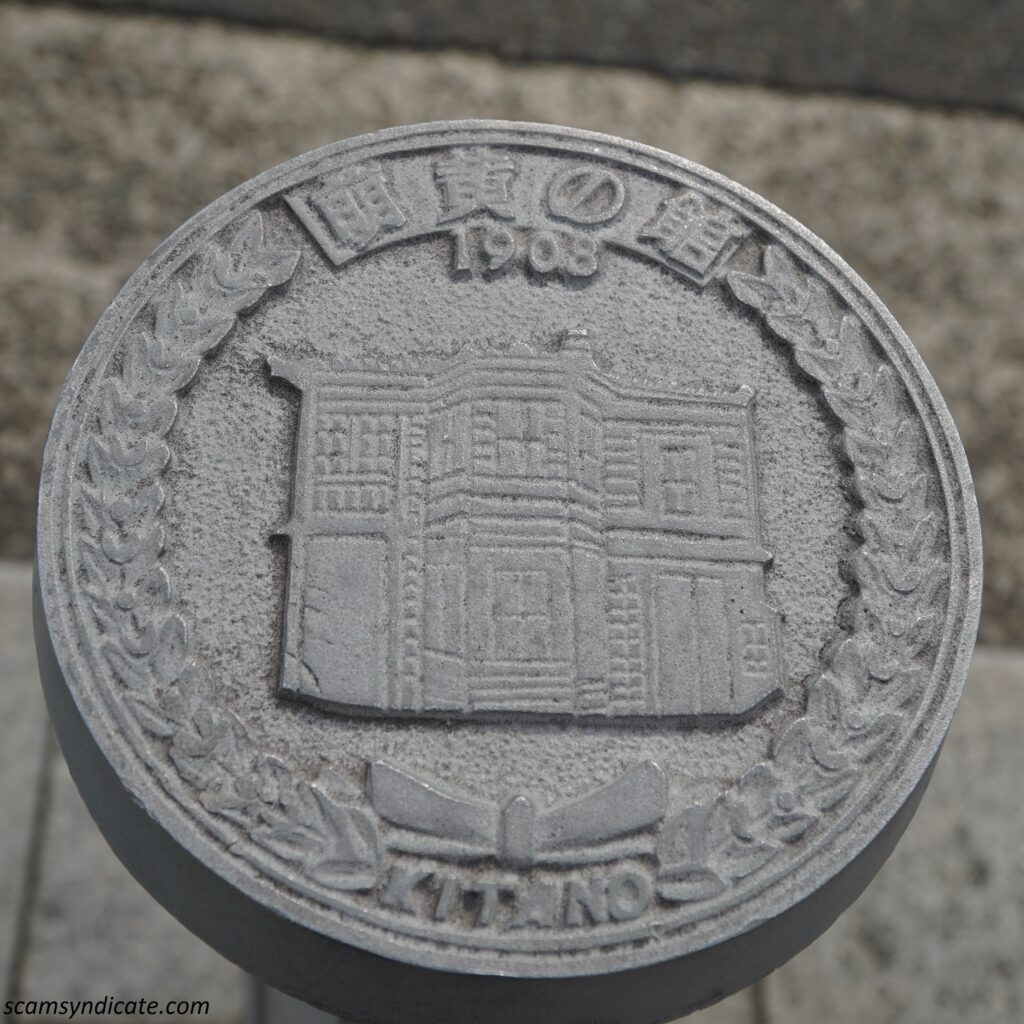
Weathercock House (The Former Thomas House)
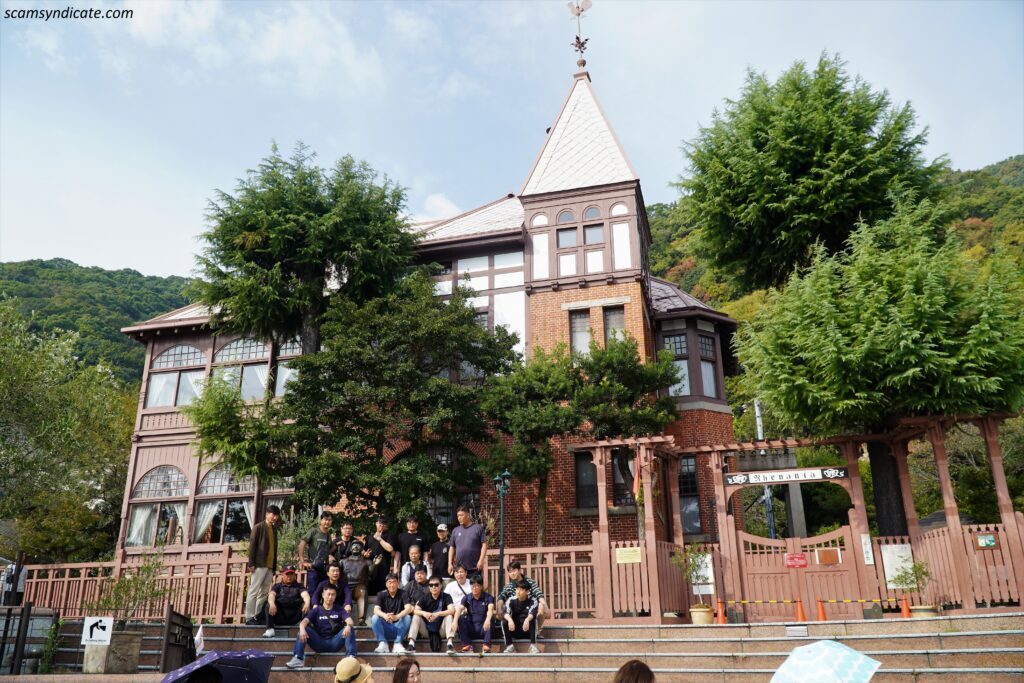
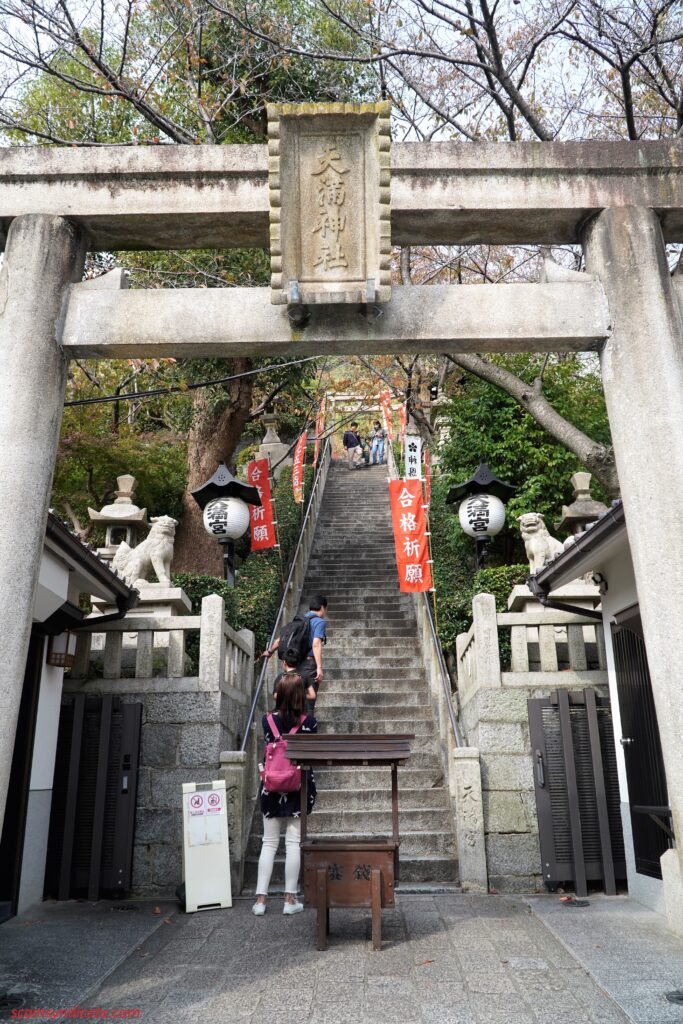
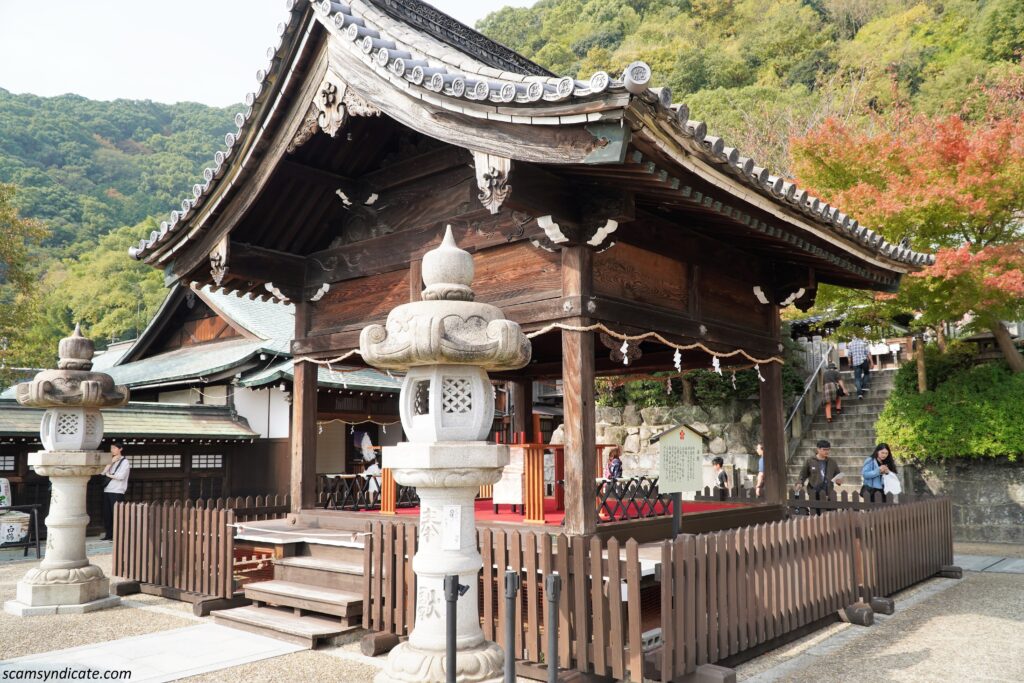
Kaori-no-Ie Olandakan Former Wolhin’s House (The Holland House)
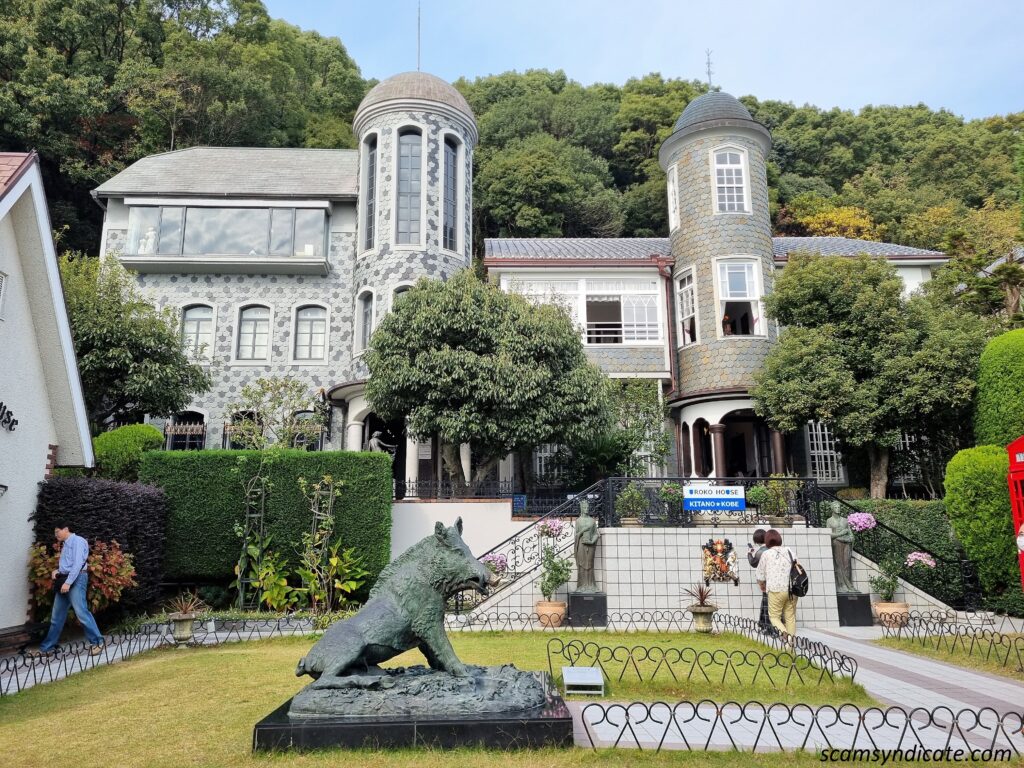

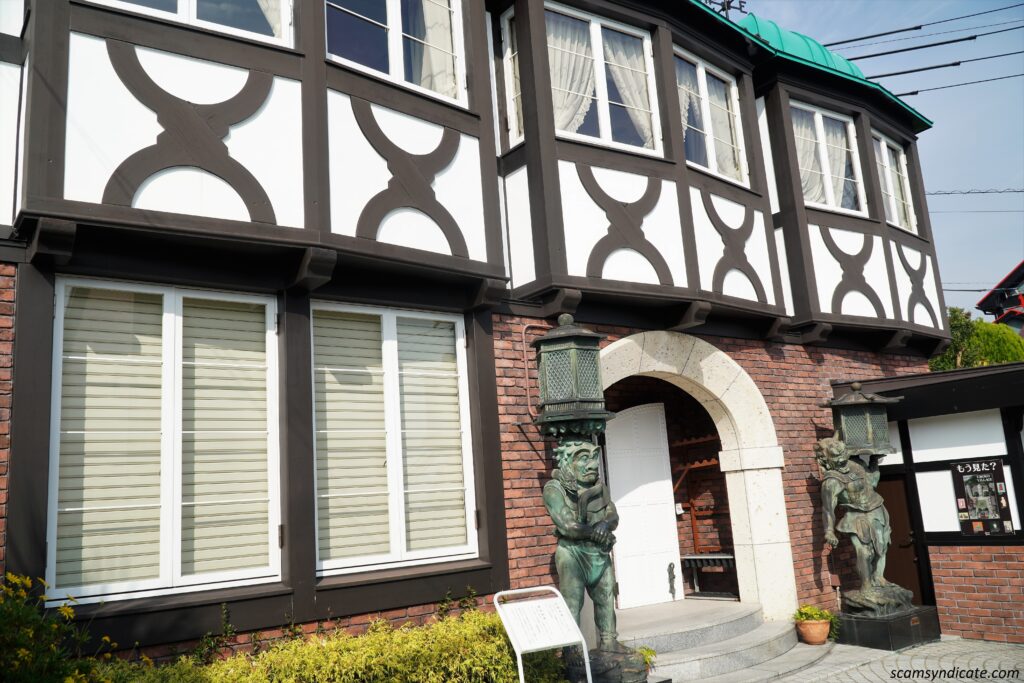
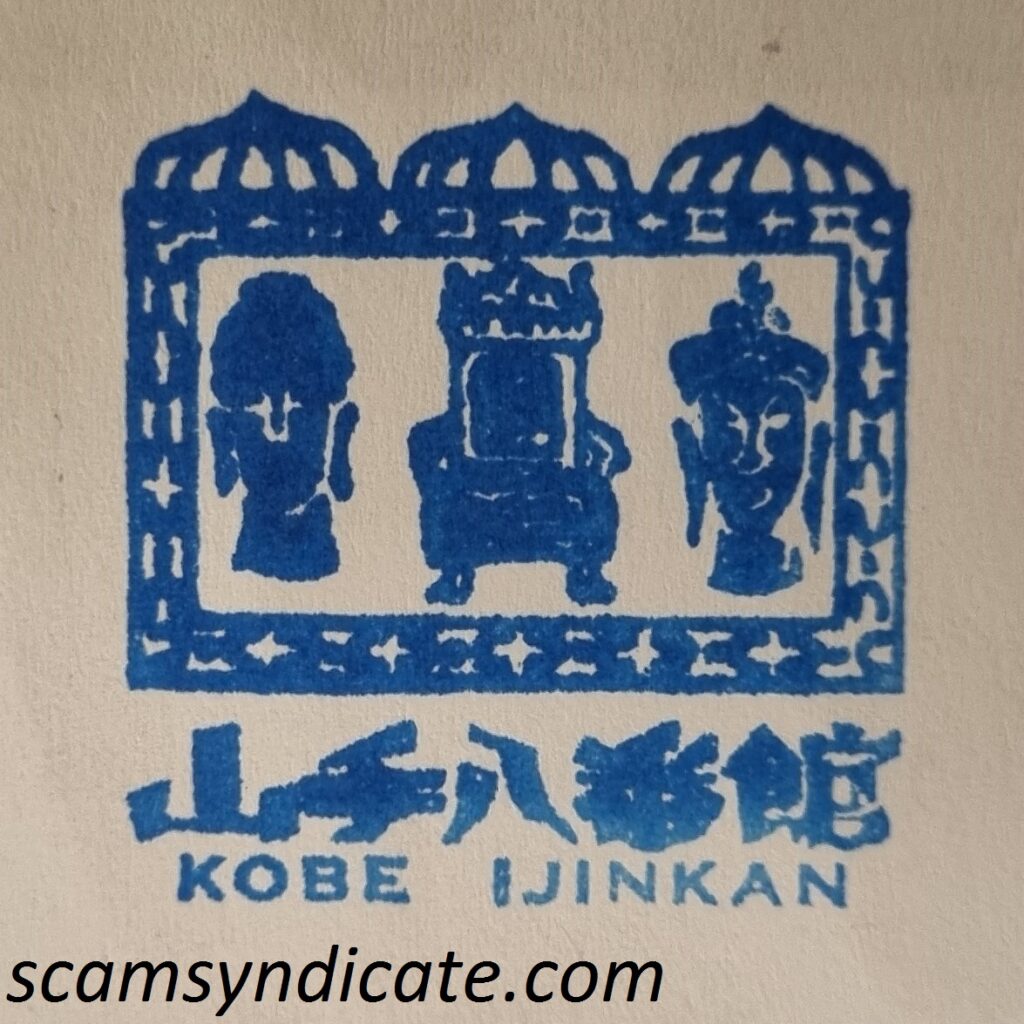
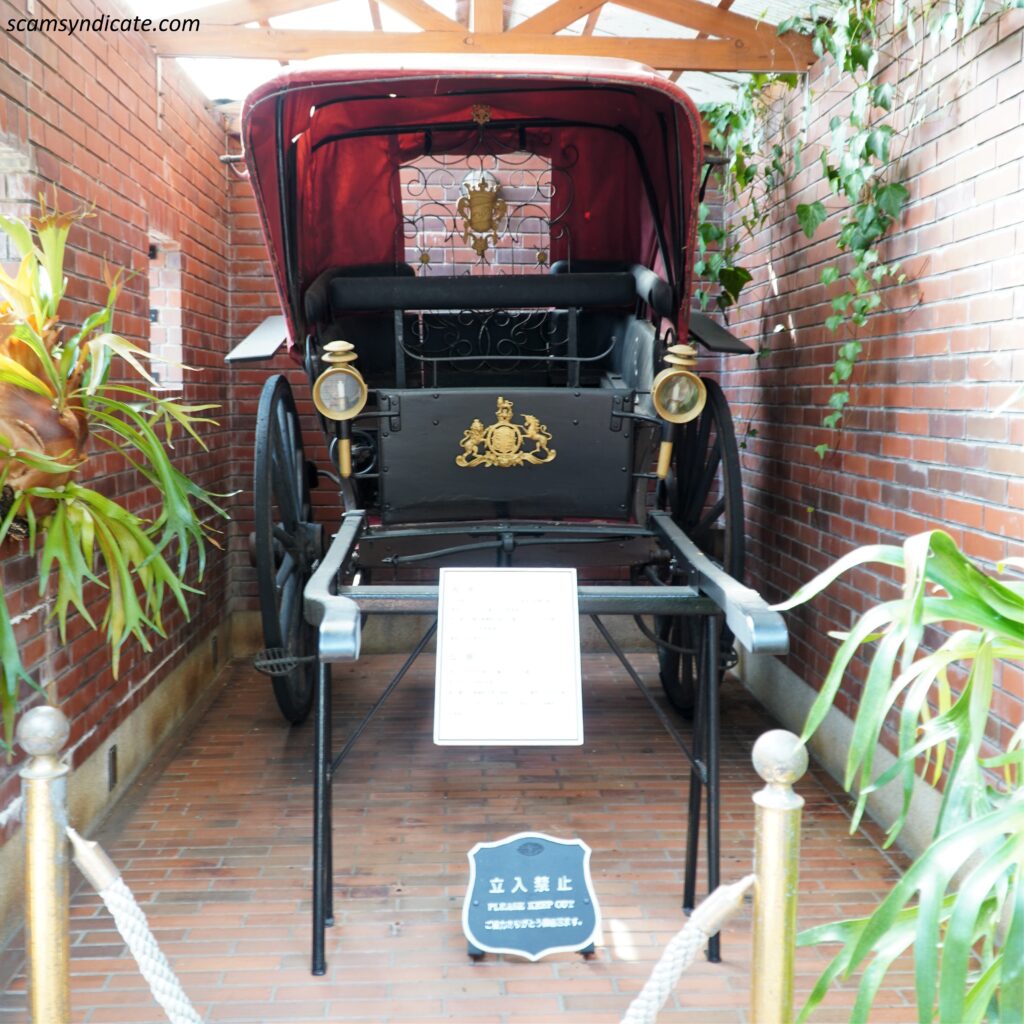
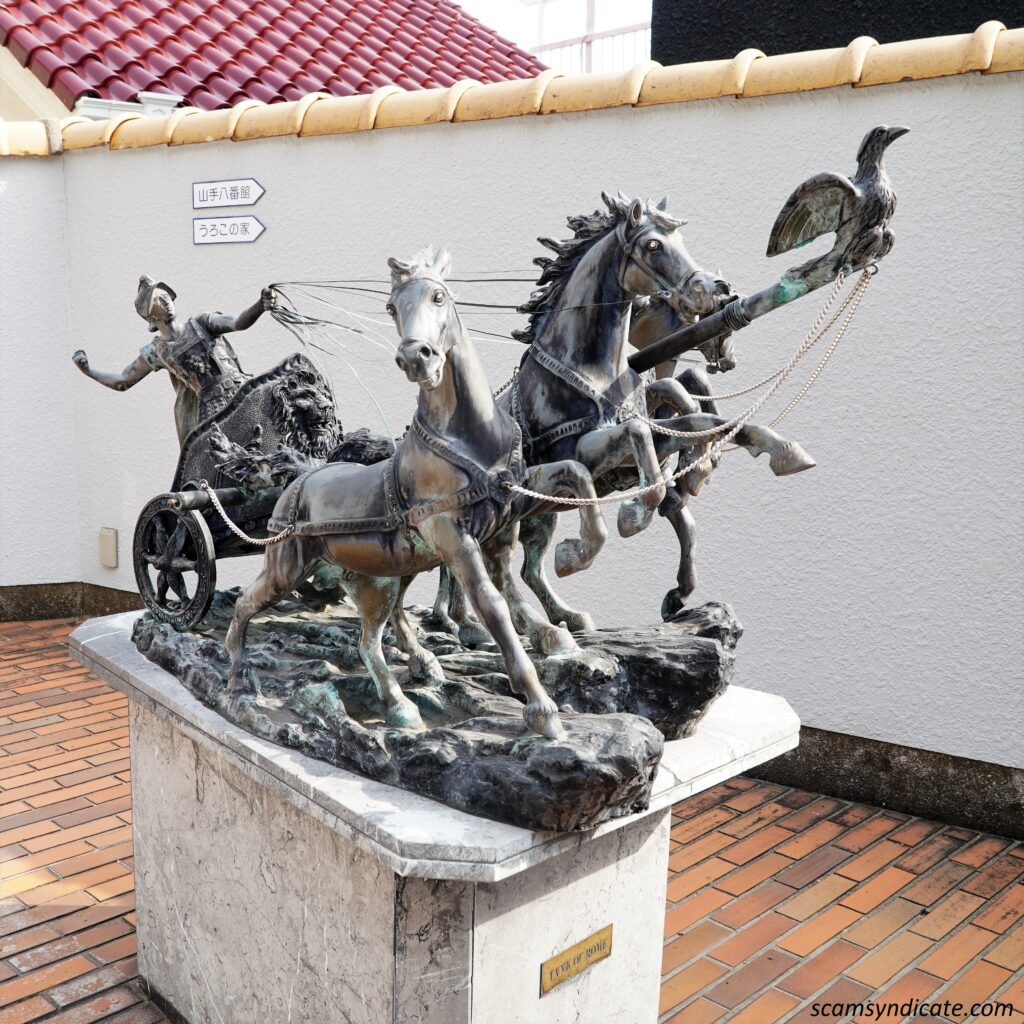
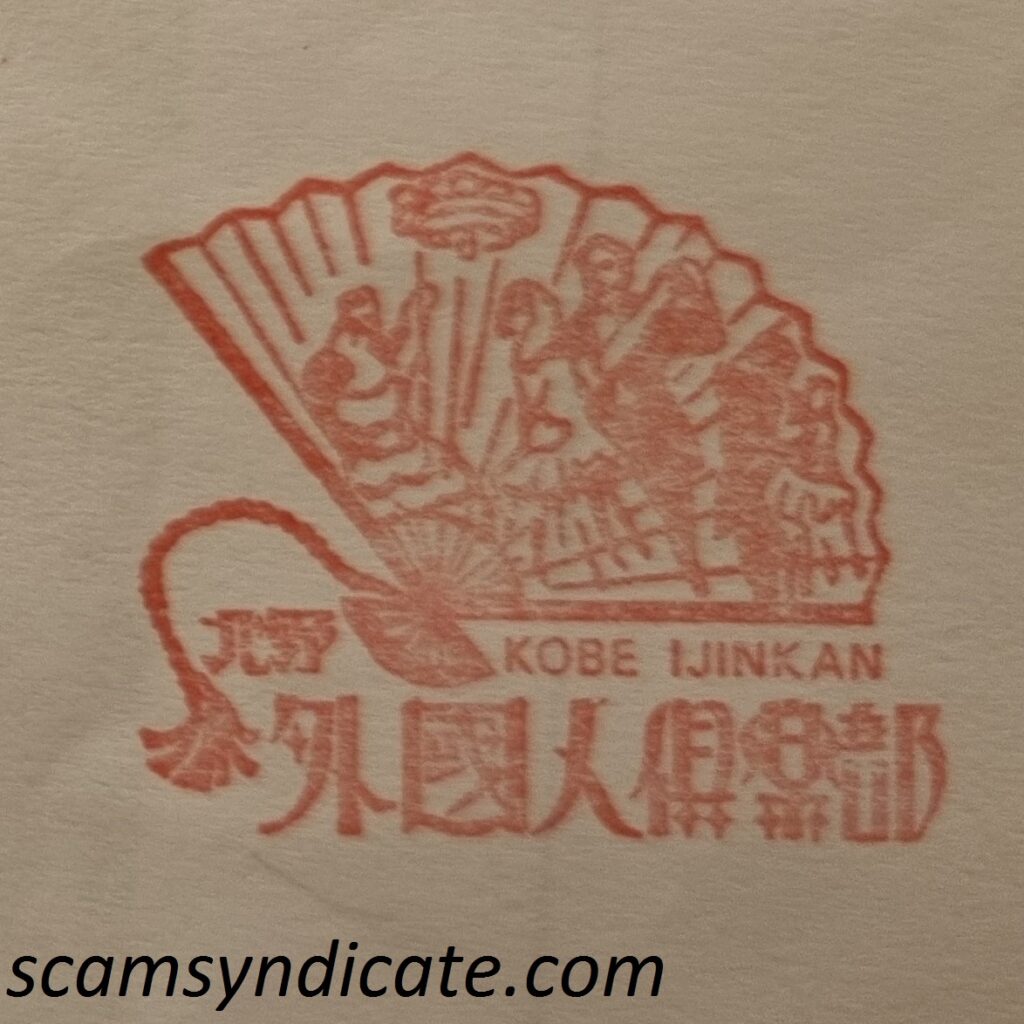
Hilltop House (Former Chinese Consulate)
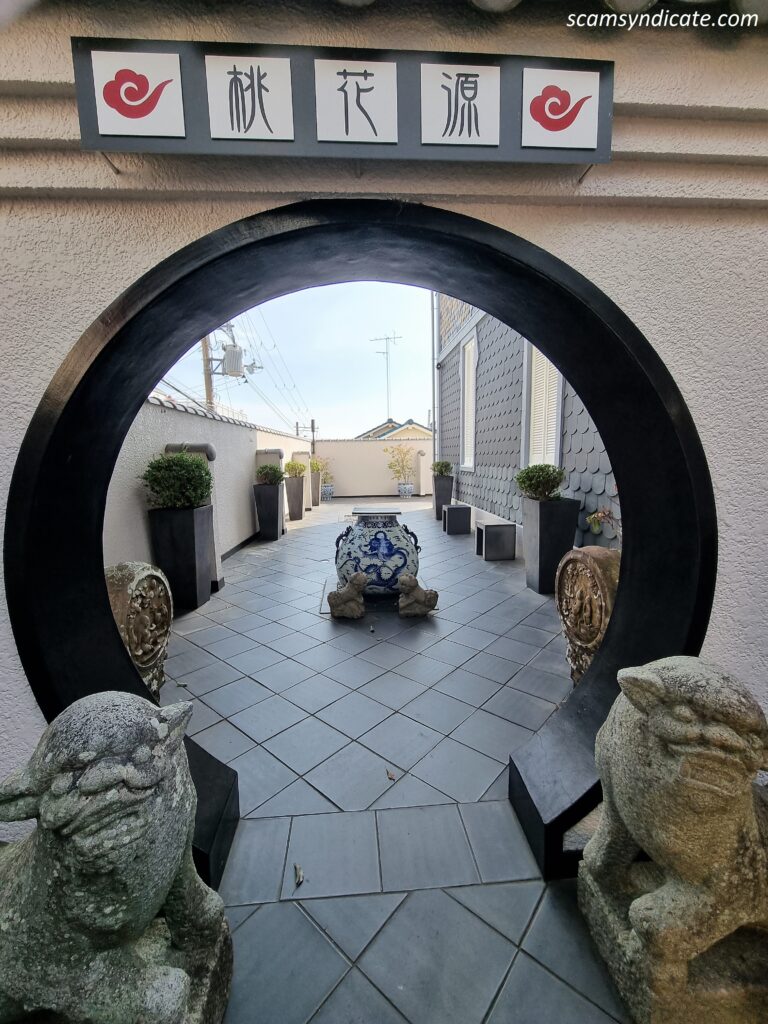
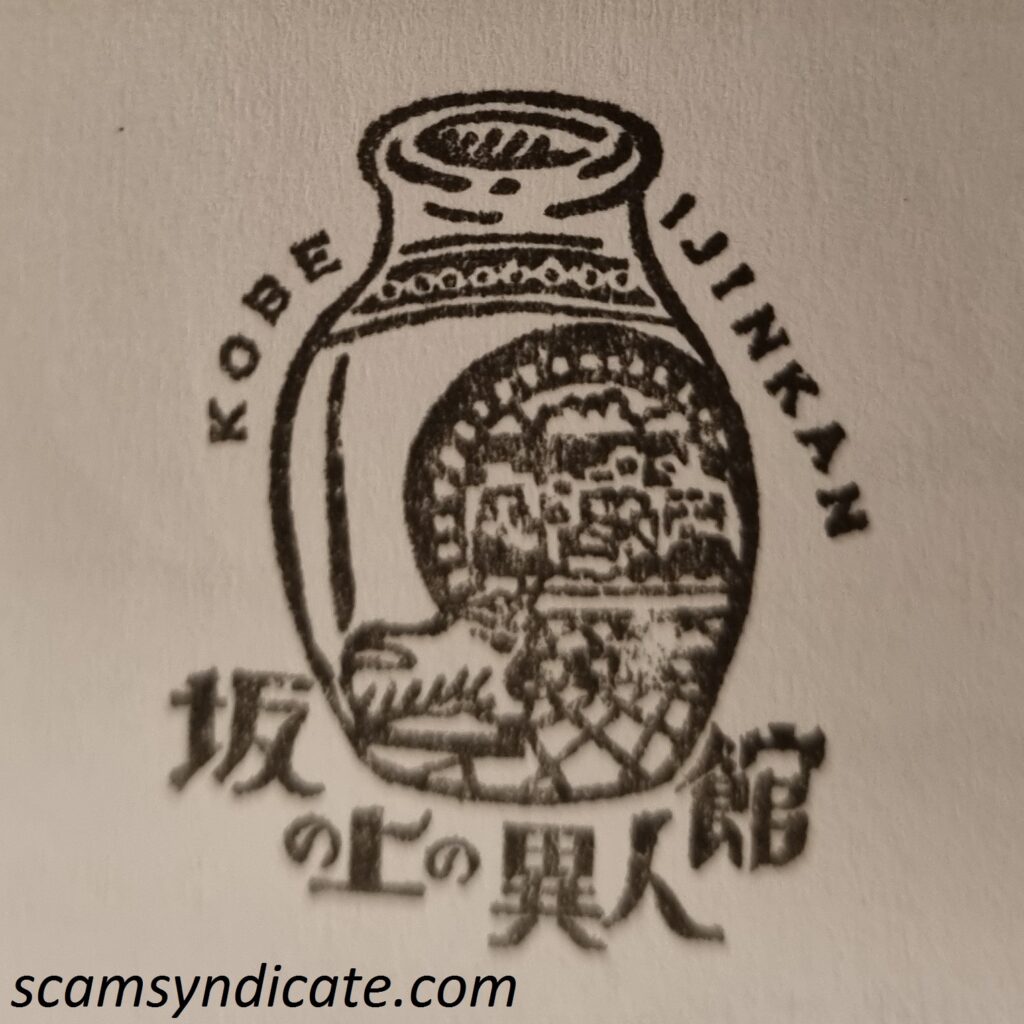
Italian House (Platon Decorative Arts Museum)
After visiting Kobe Kitano Ijinkan, we walked to the Kobe Nunobiki Ropeway Station and took the ropeway to the Kobe Nunobiki Herb Gardens.
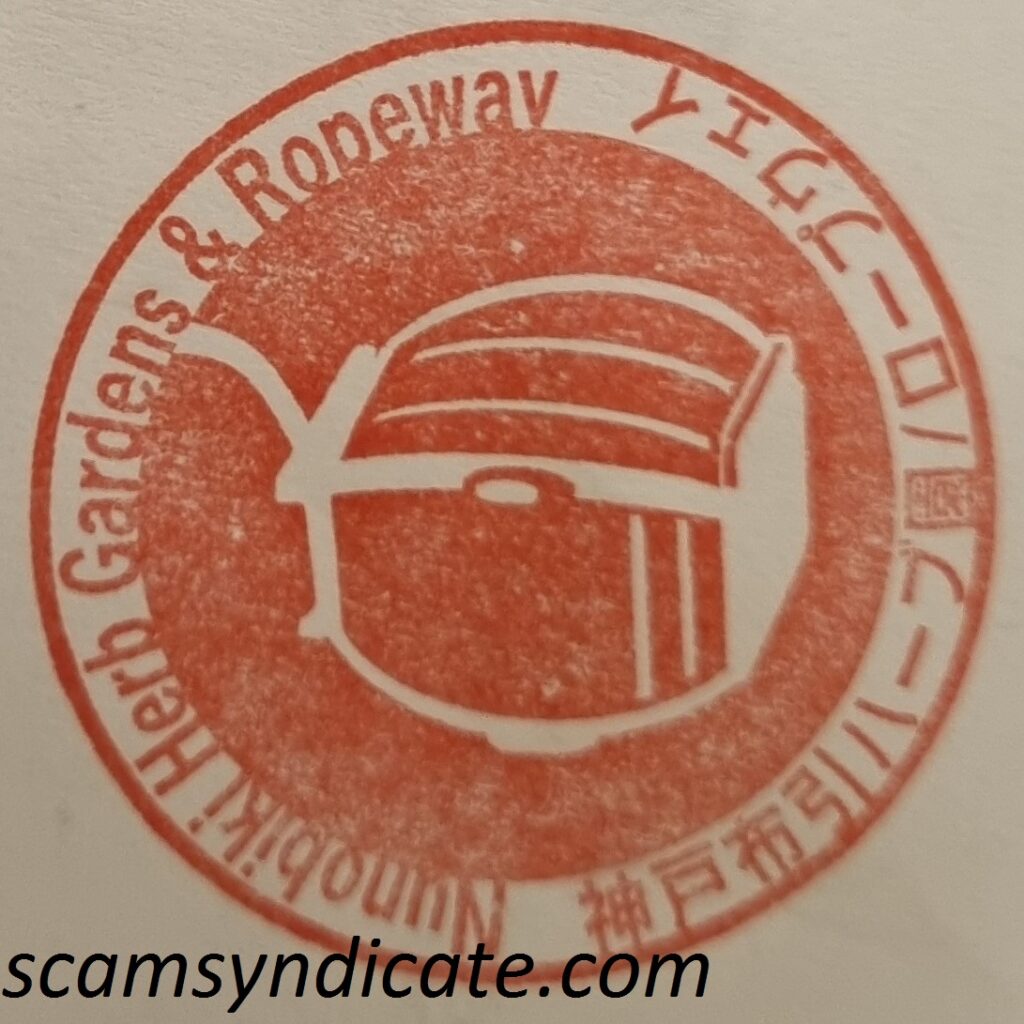
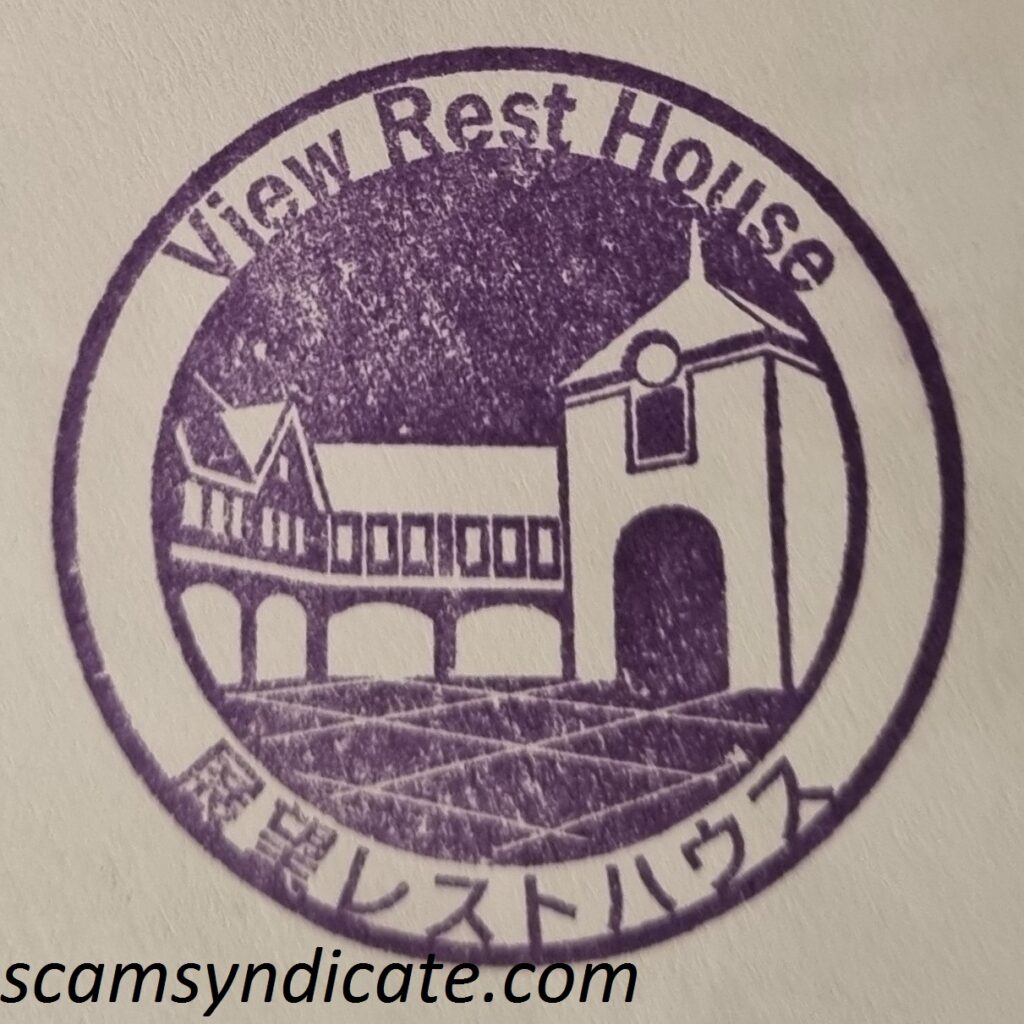
Note that the entrance next to the ANA Crowne Plaza Kobe is more convenient to enter. It is recommended to take the ropeway to the top Haze Garden Mountain Station and walk down to visit the Herb Garden, and then take the cable car from the Wind hill middle station back to the Haze Garden Mountain Station to continue visiting, because the Wind hill middle station closes early at 5 p.m., and the queue is very long.
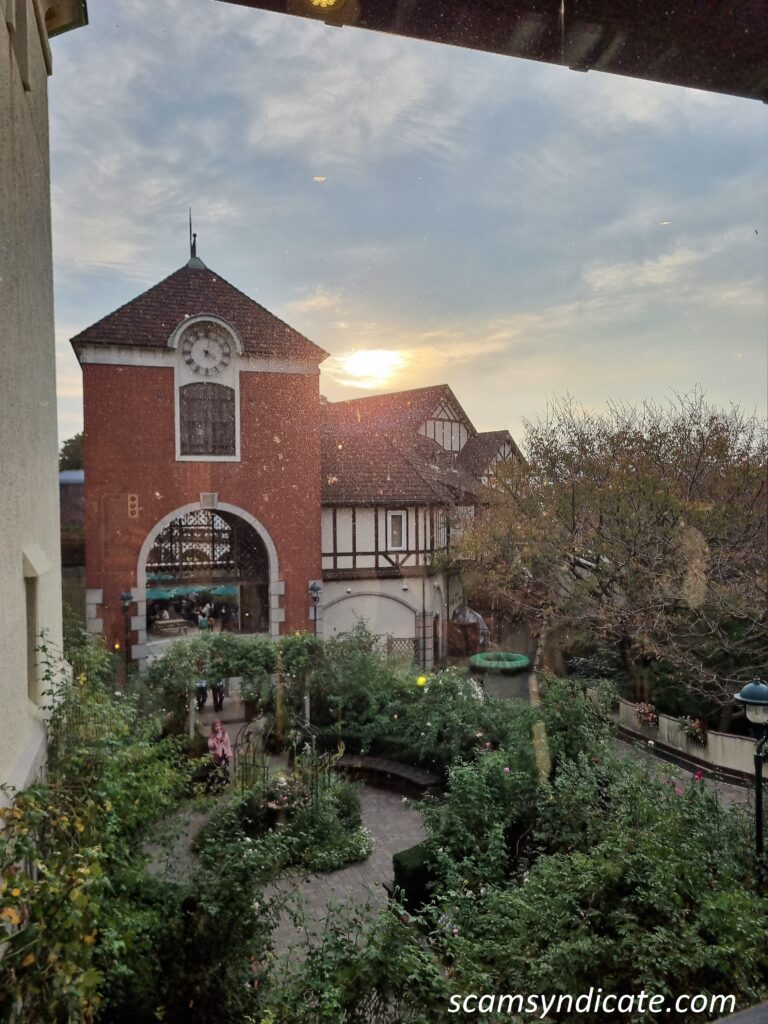

After visiting the Kobe Nunobiki Herb Gardens and Ropeway, we ended our trip to Kobe by shopping and dinner in the Sannomiya area.
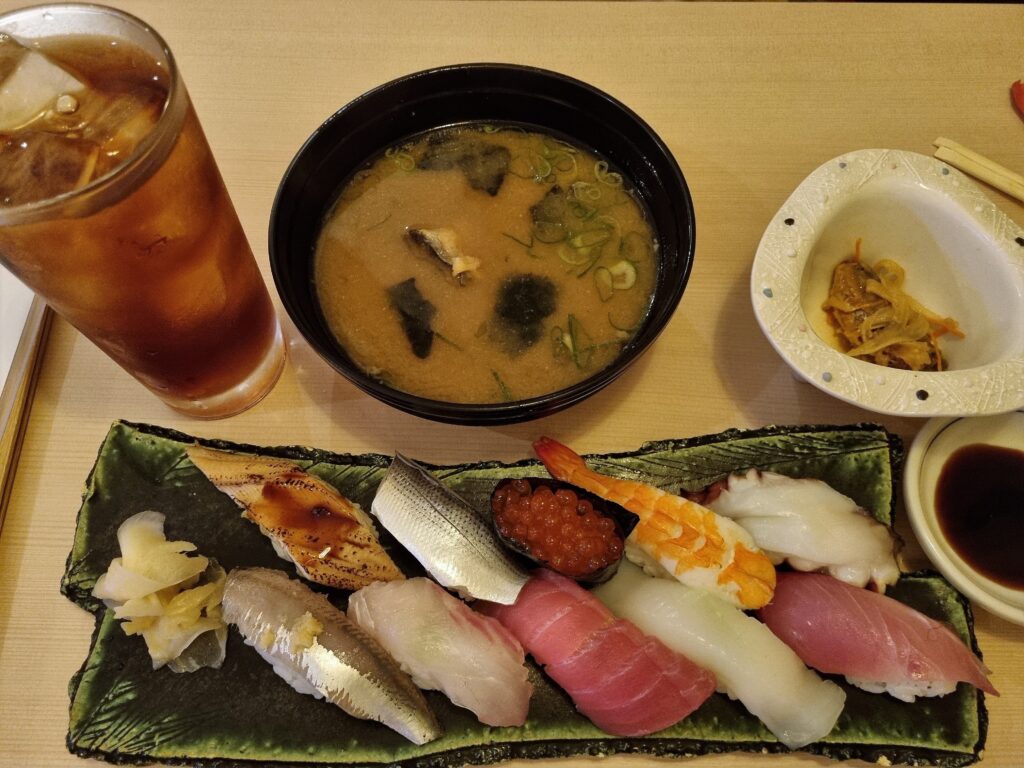
Continue to Kyoto
